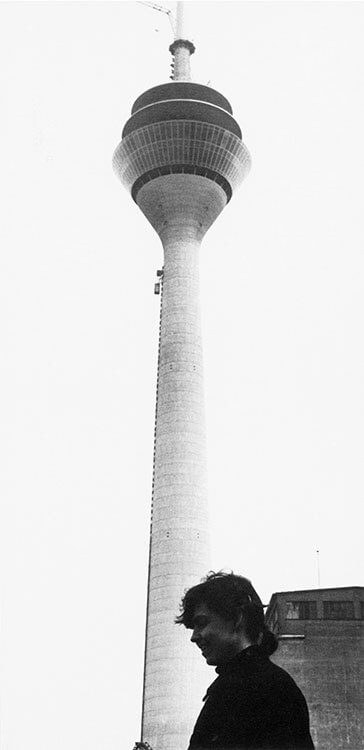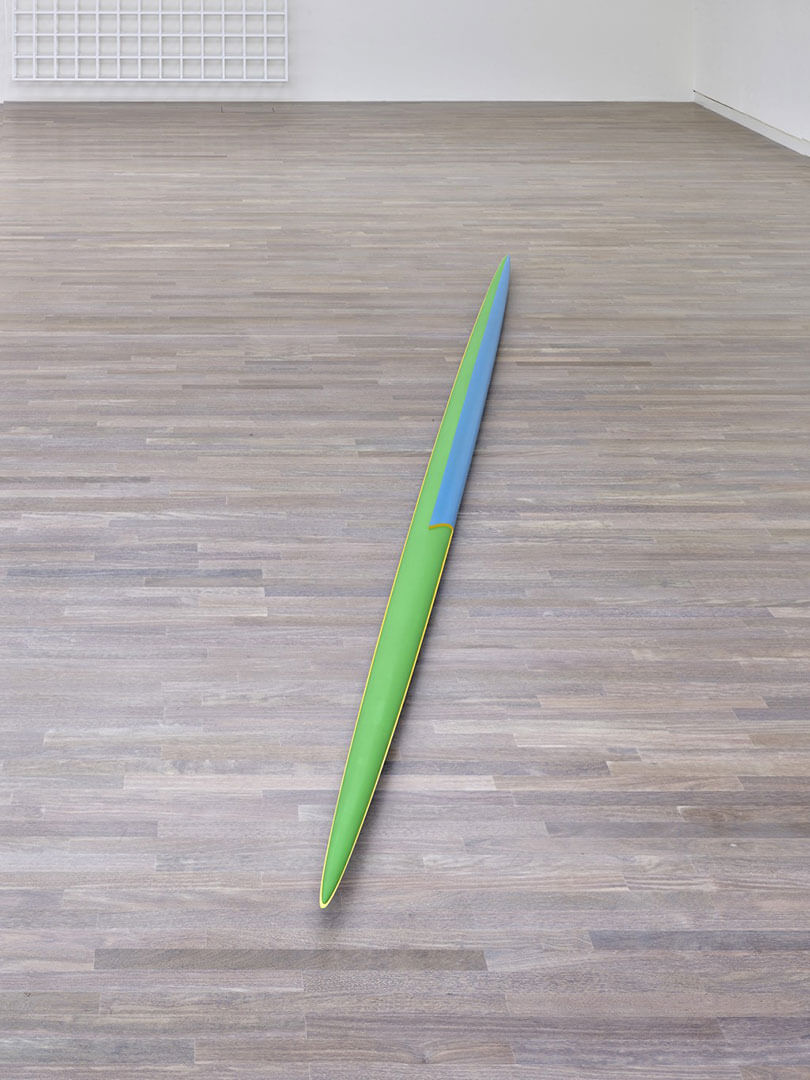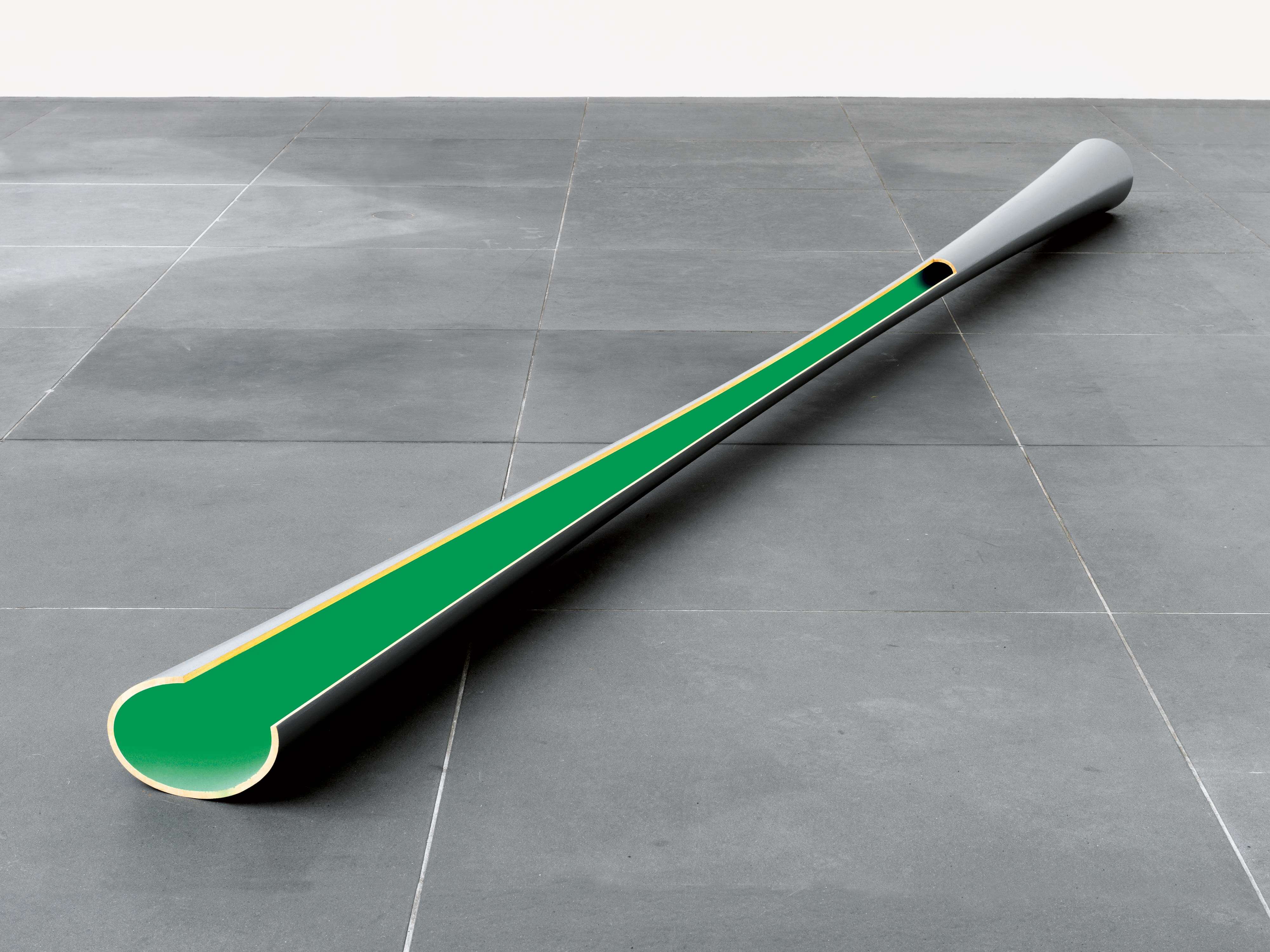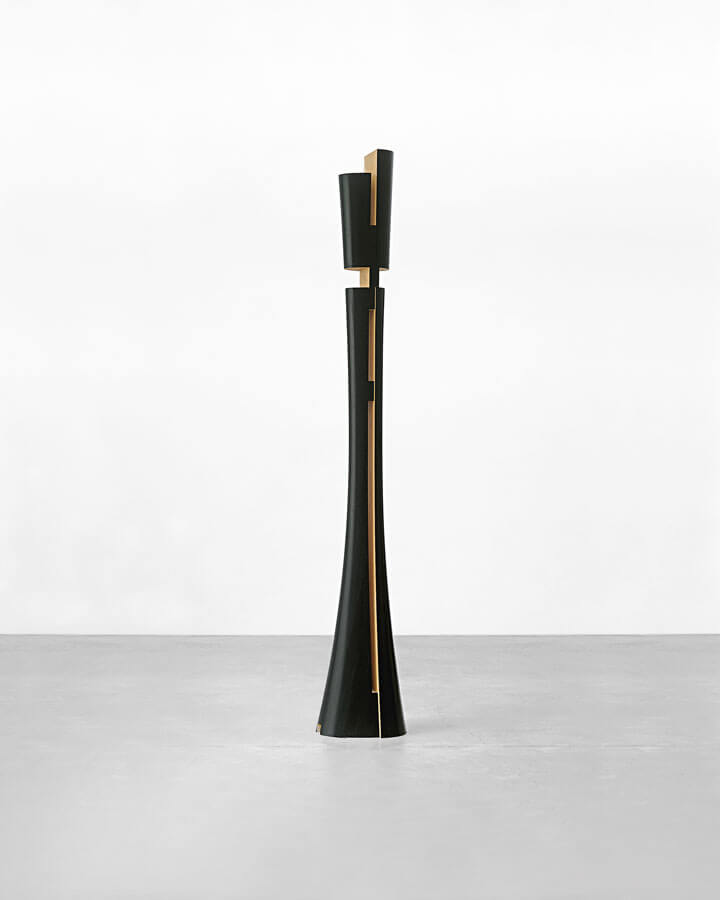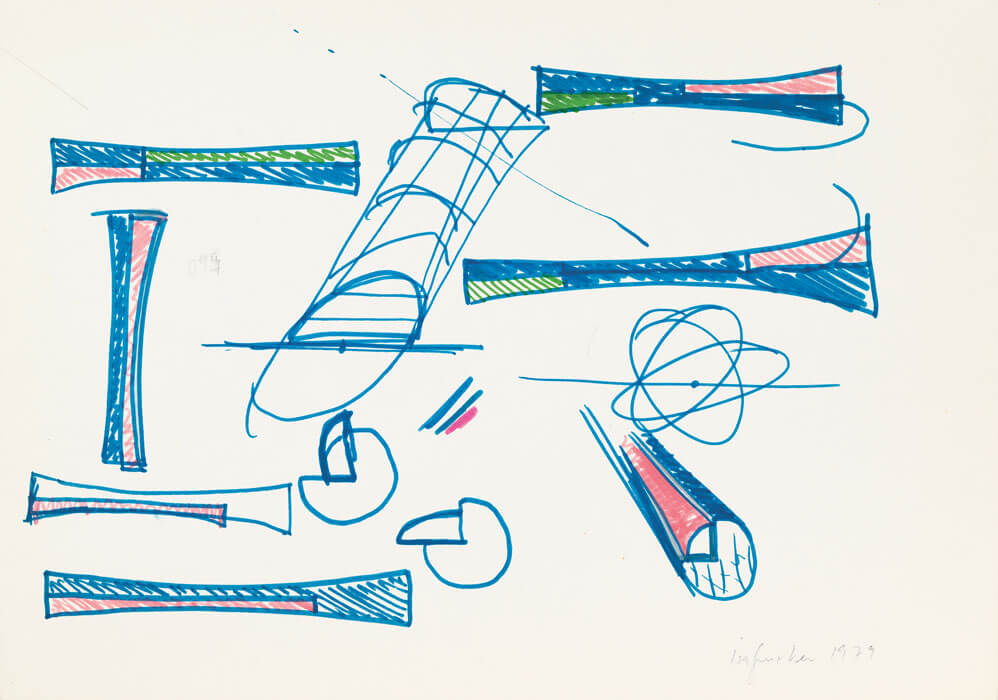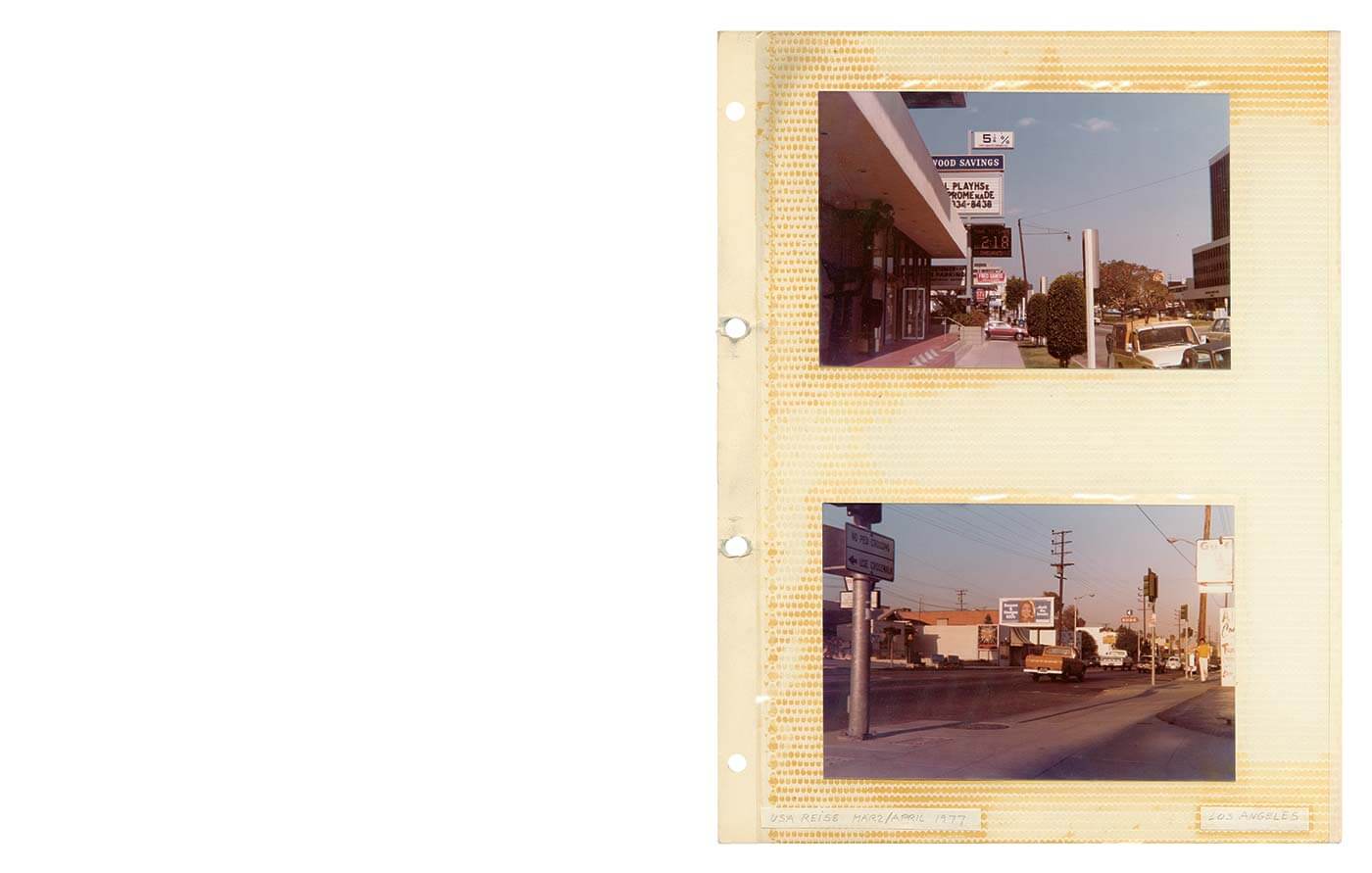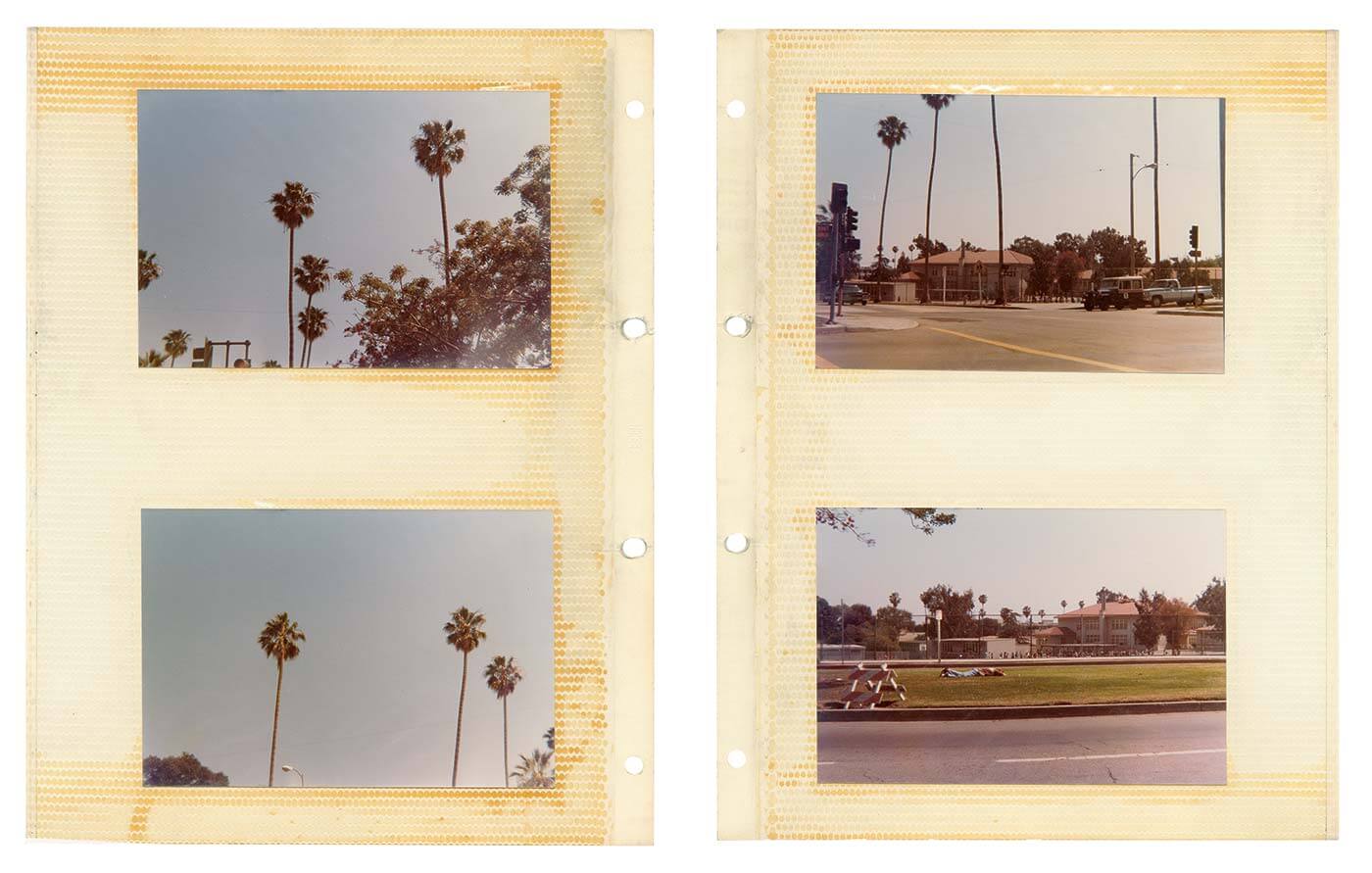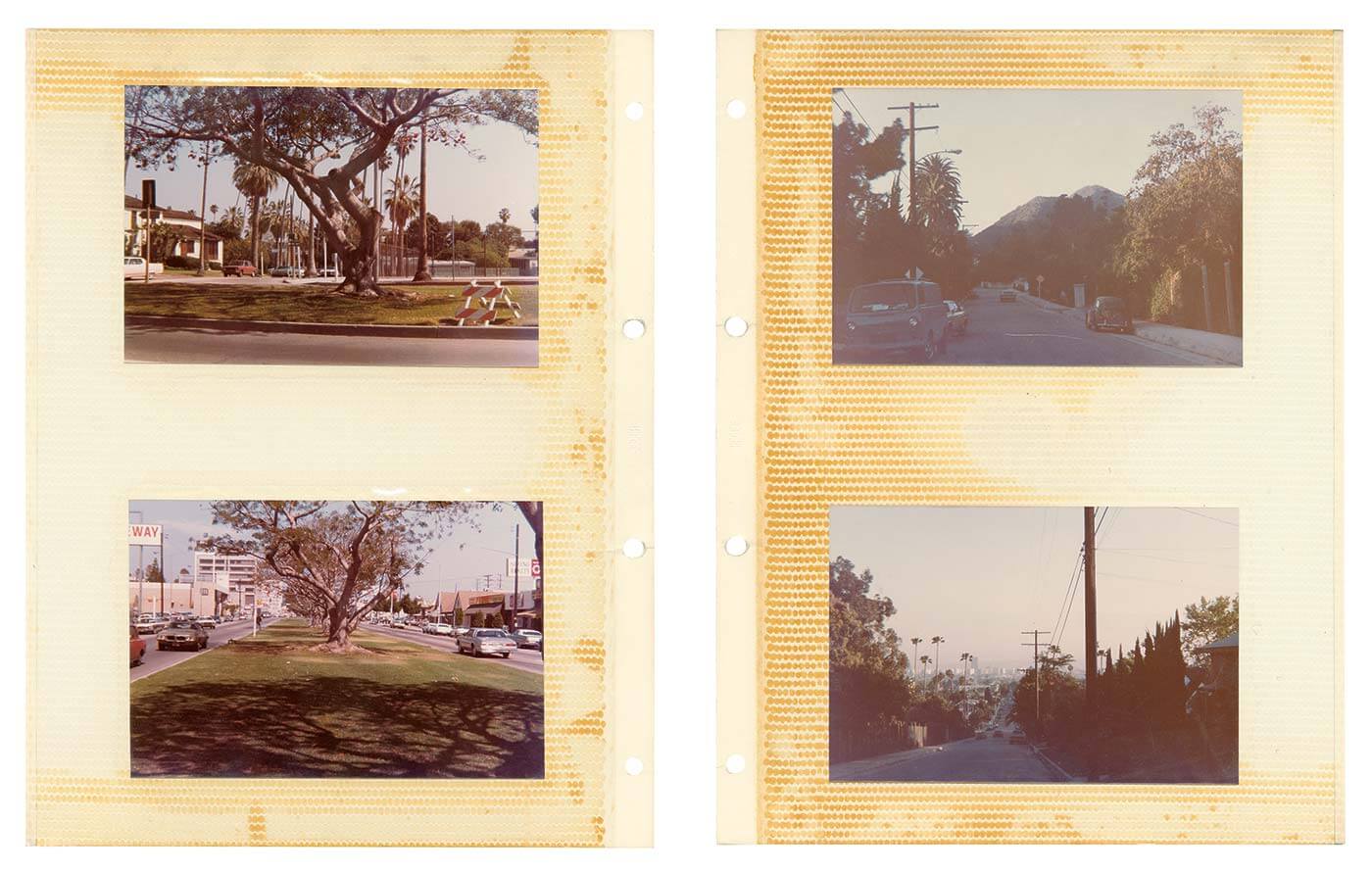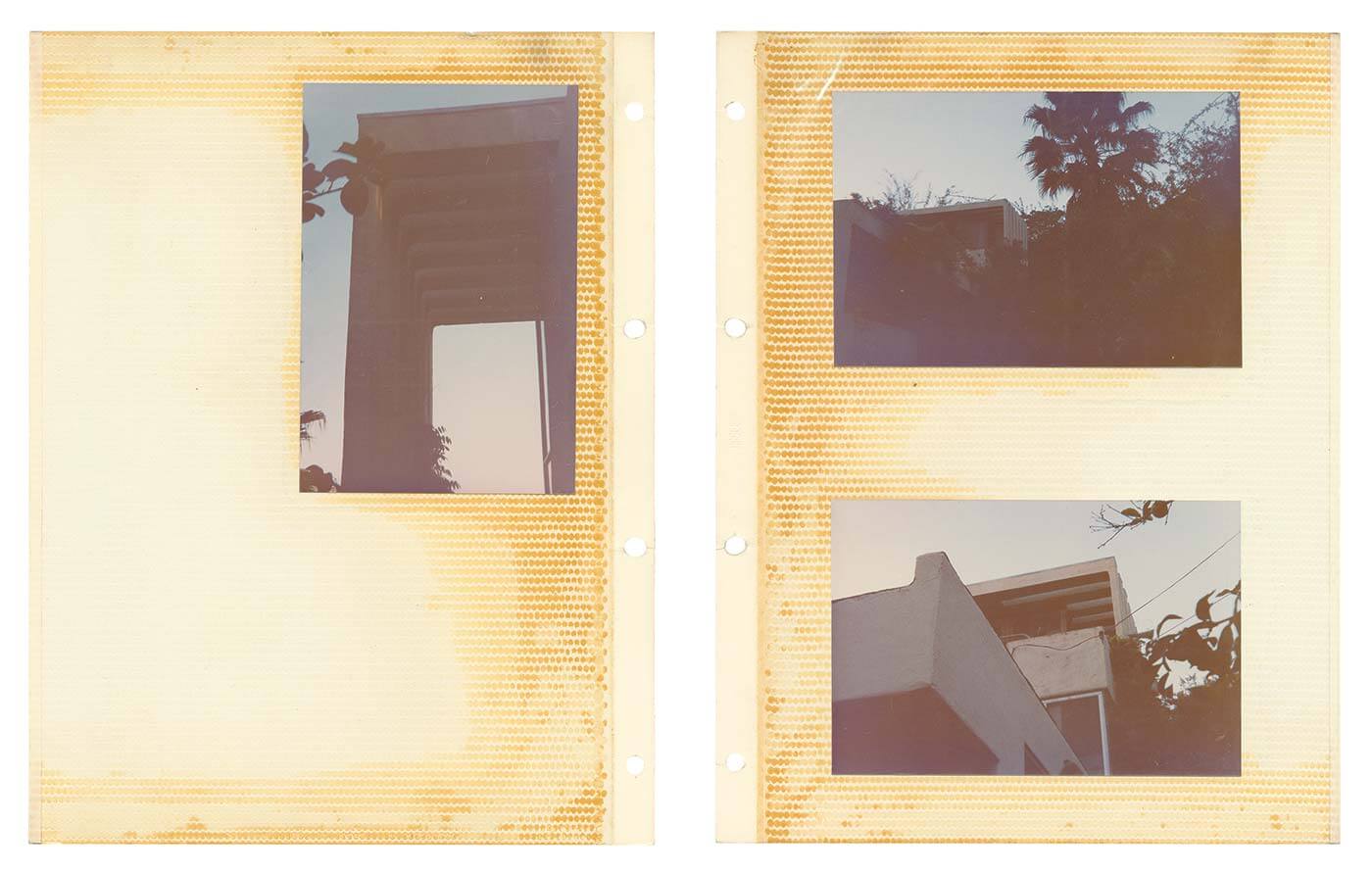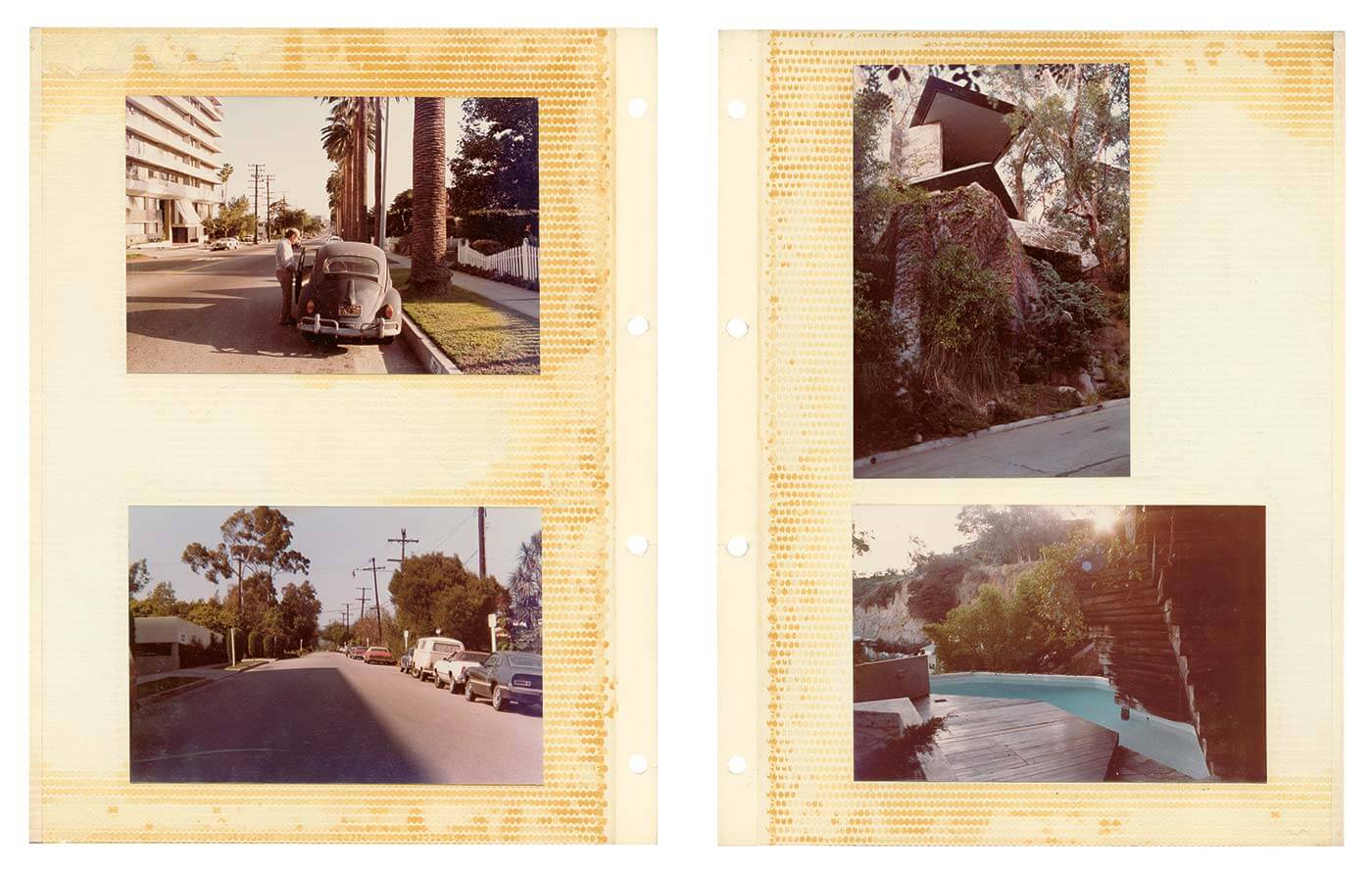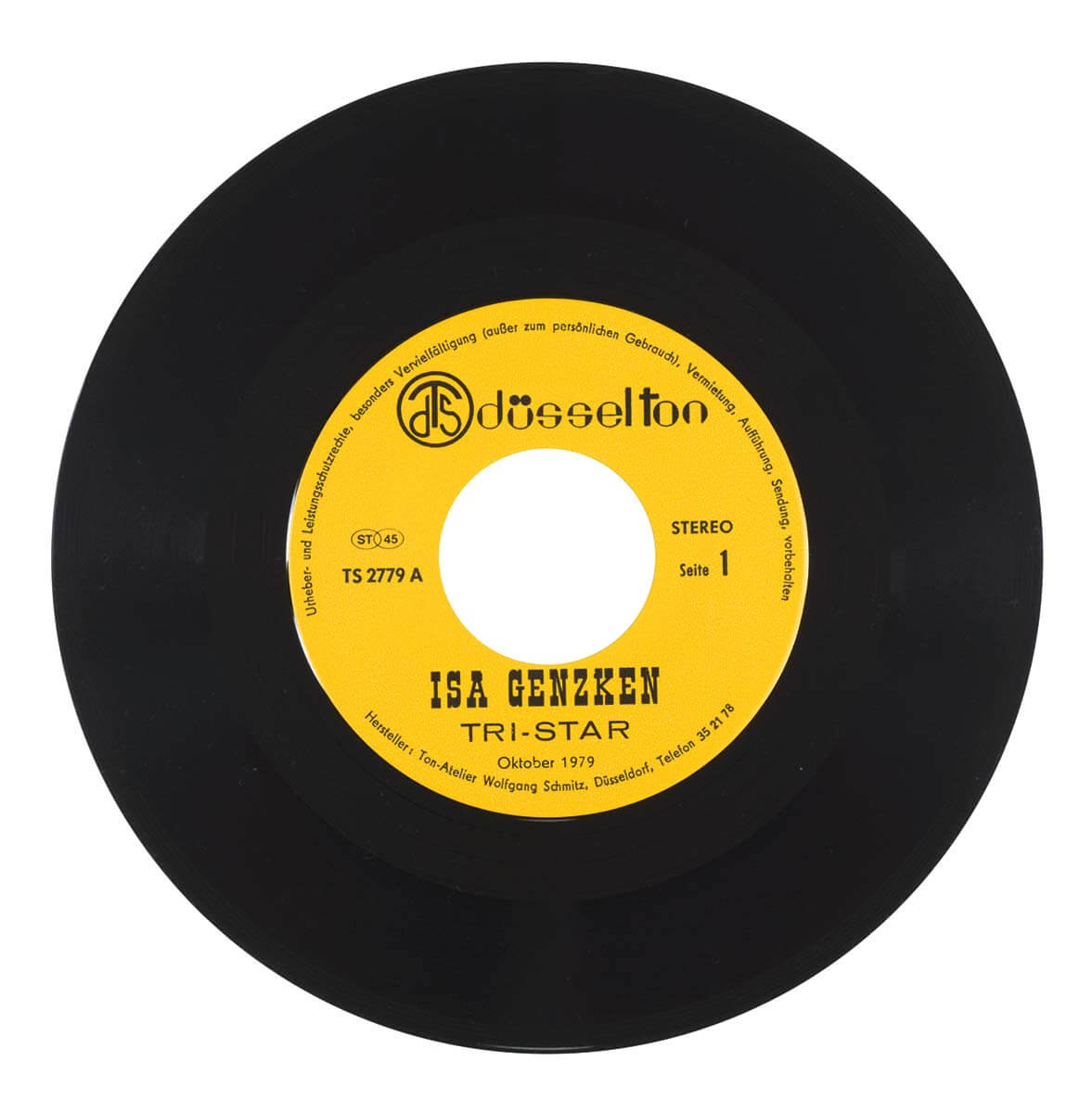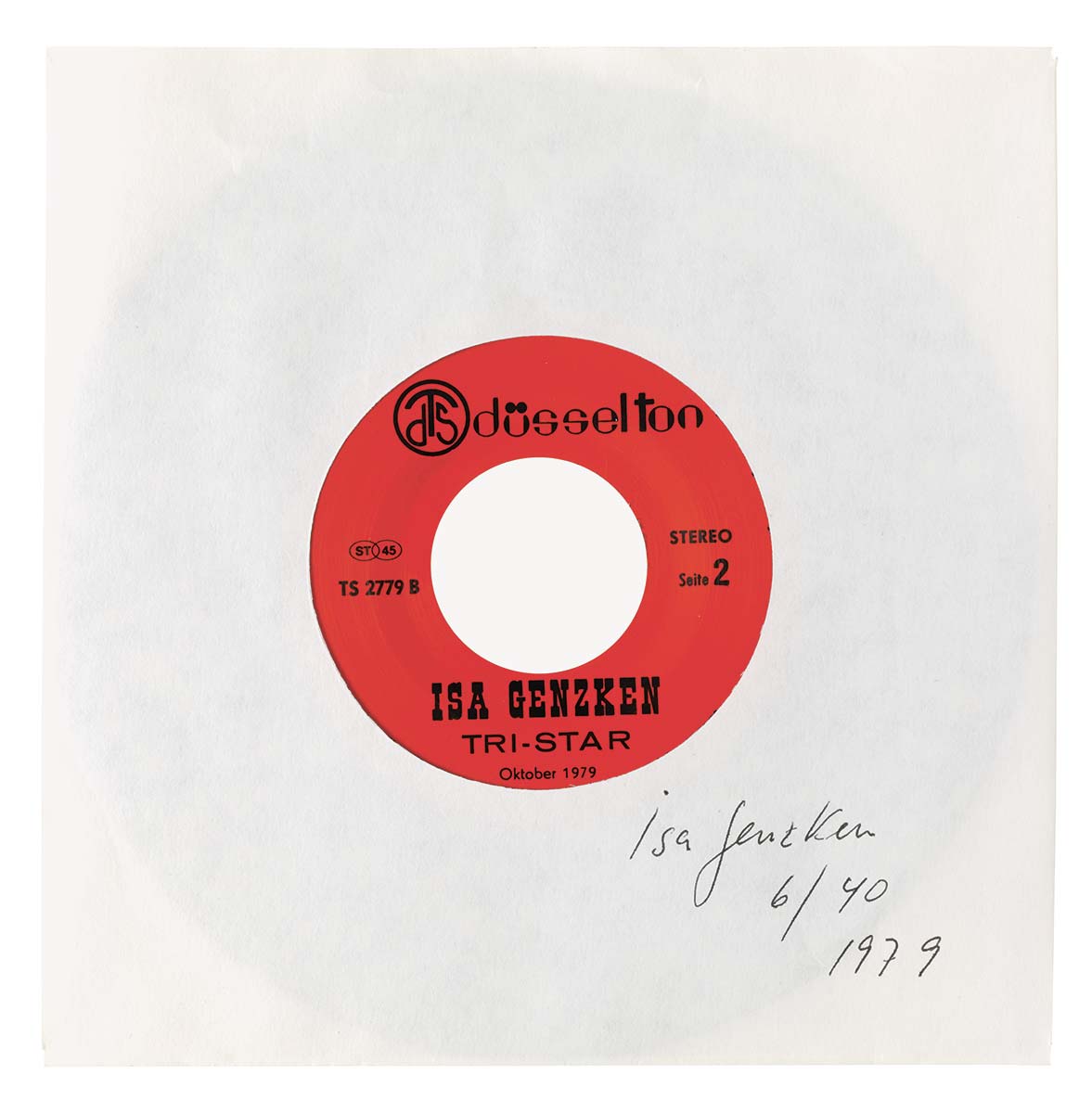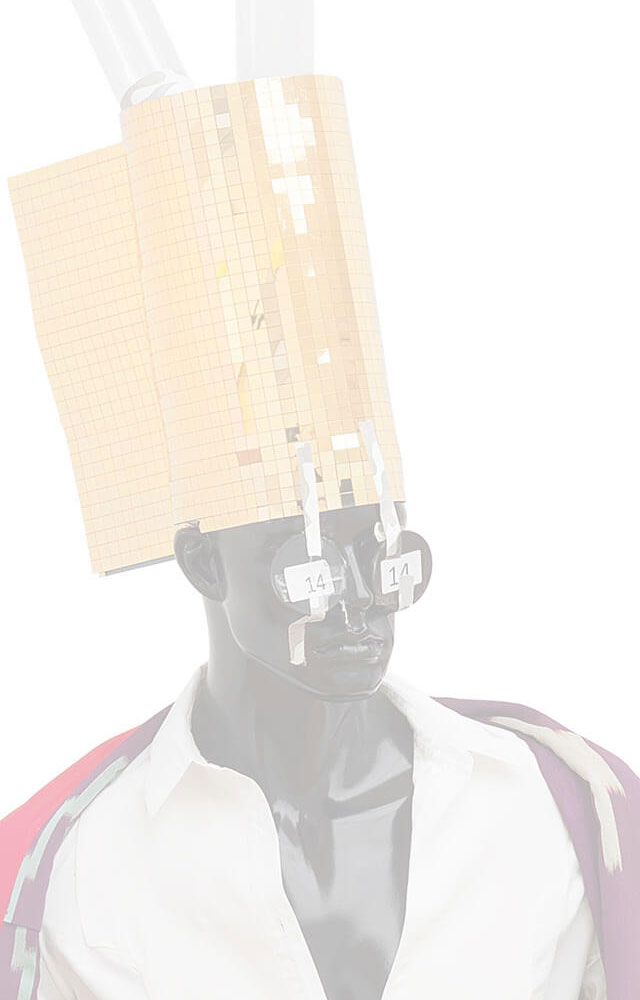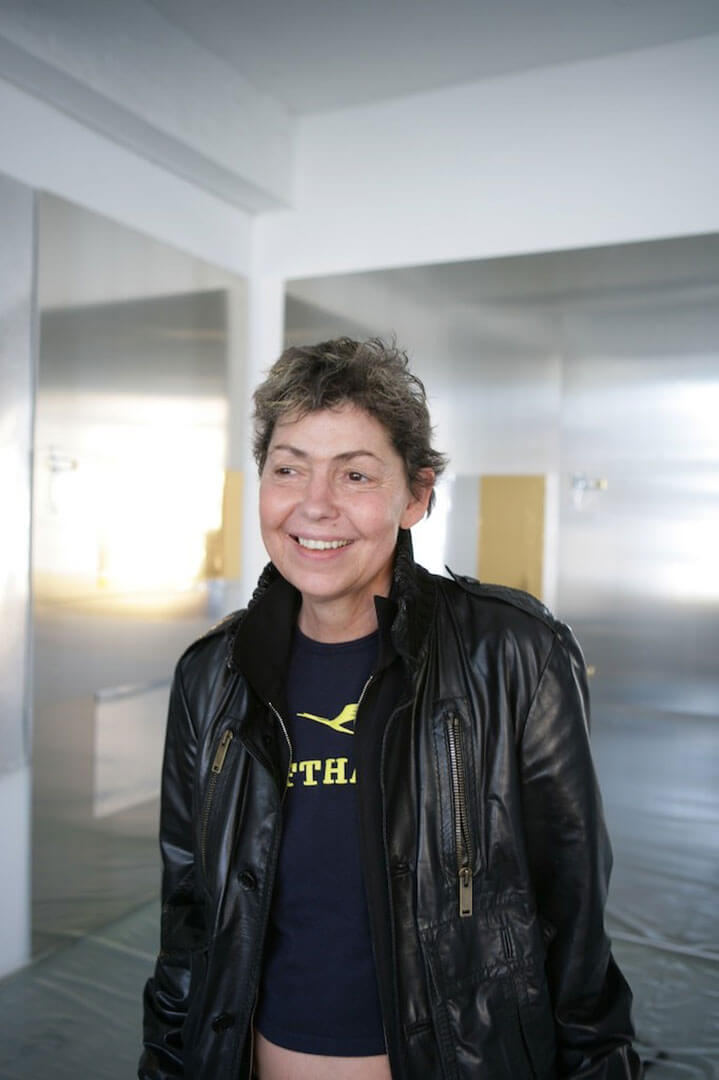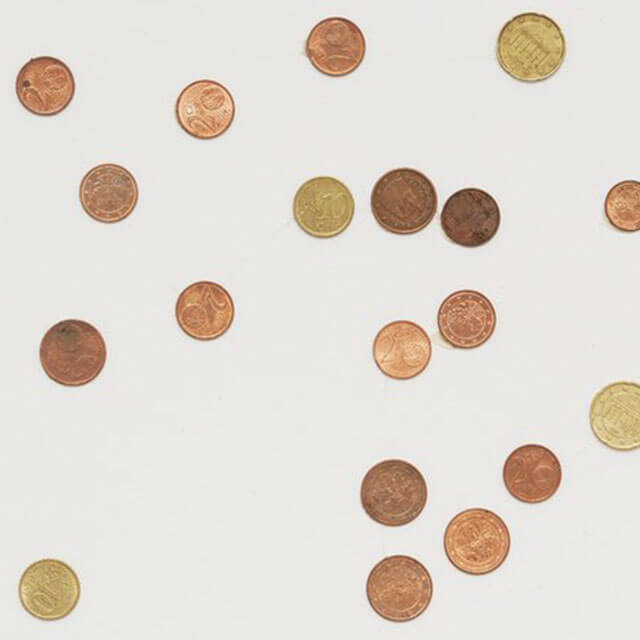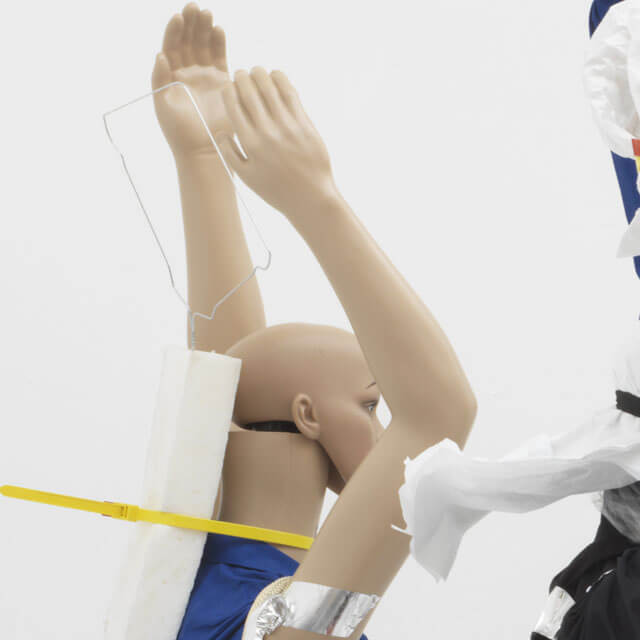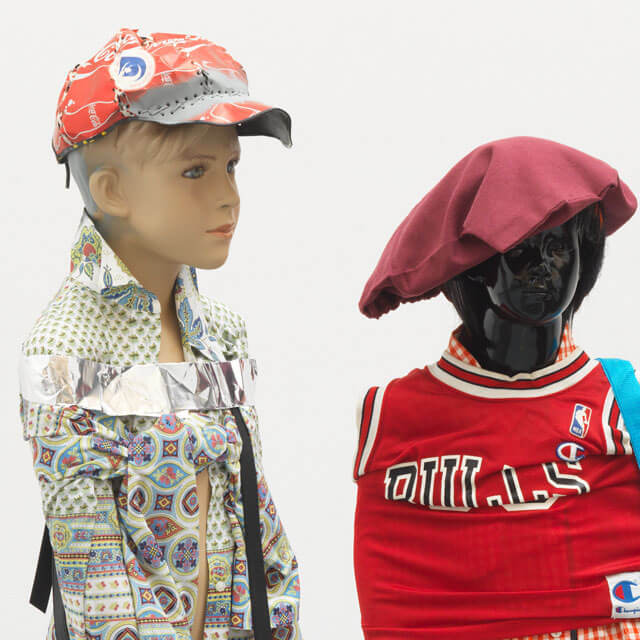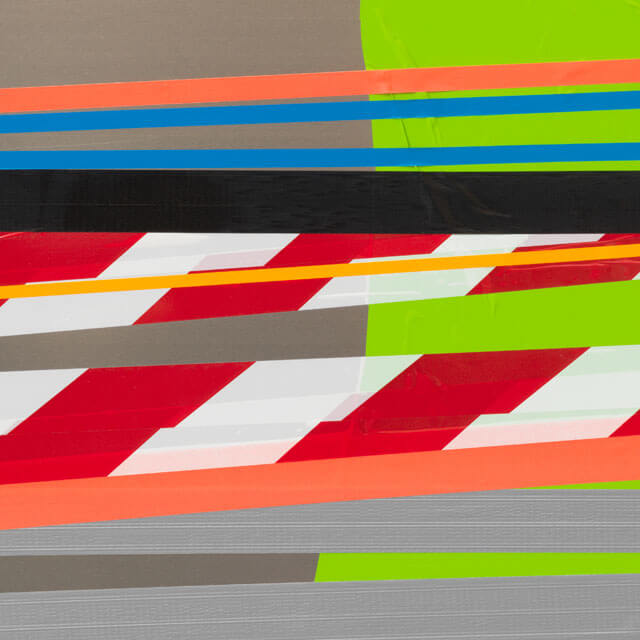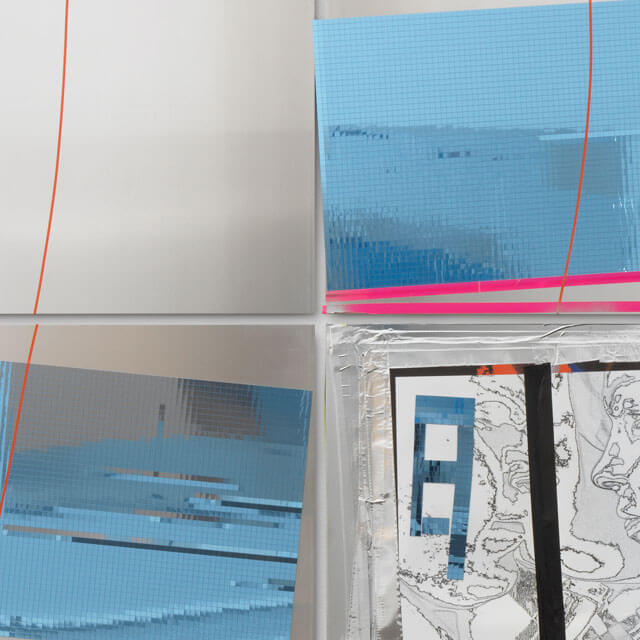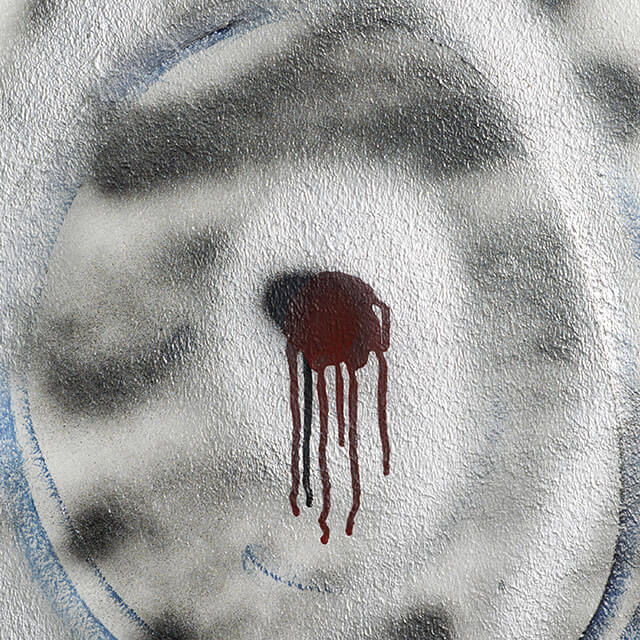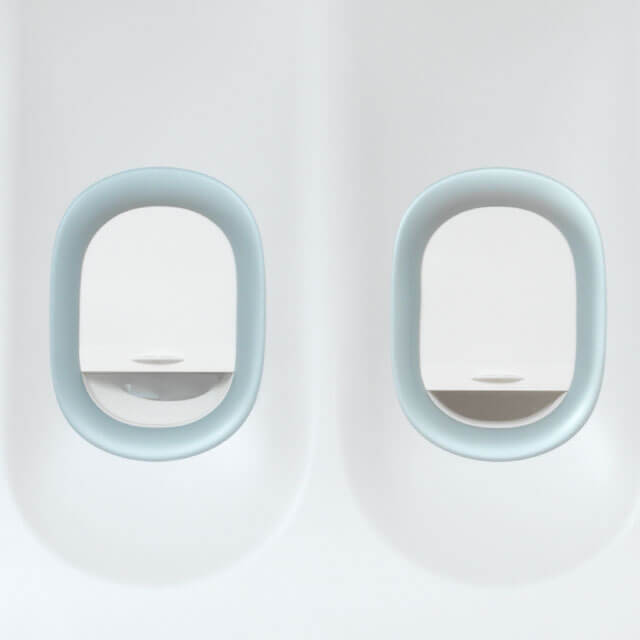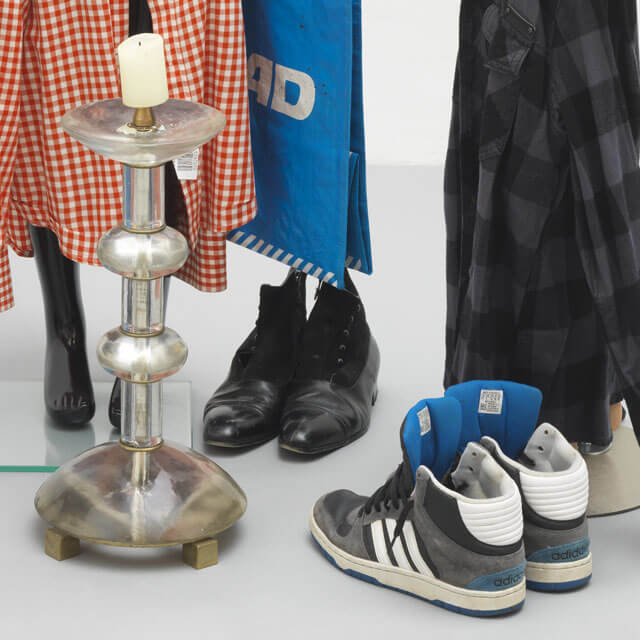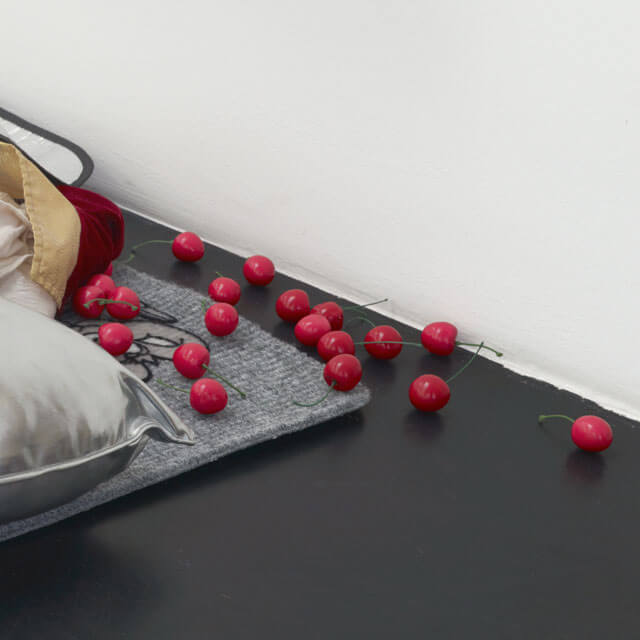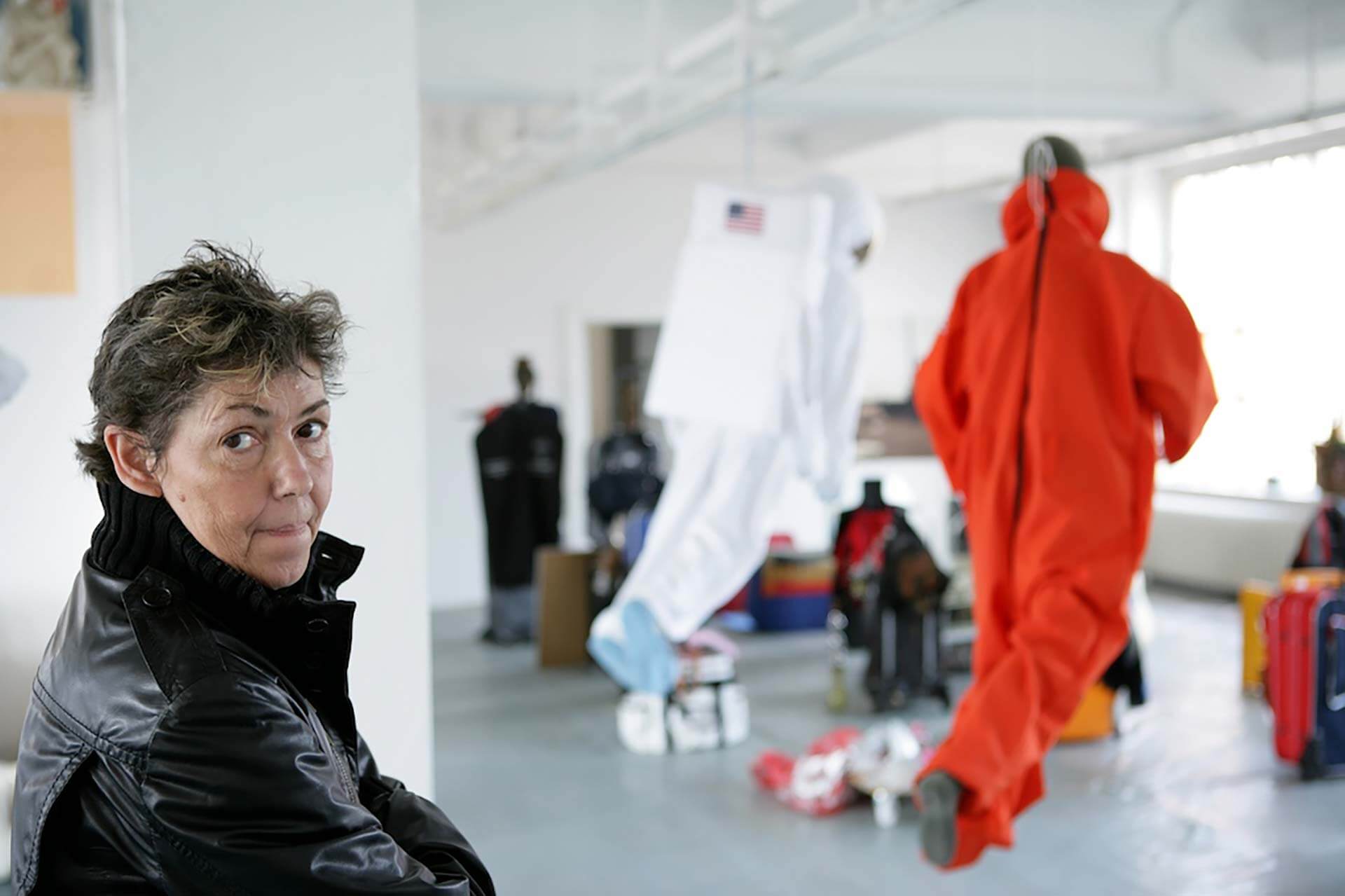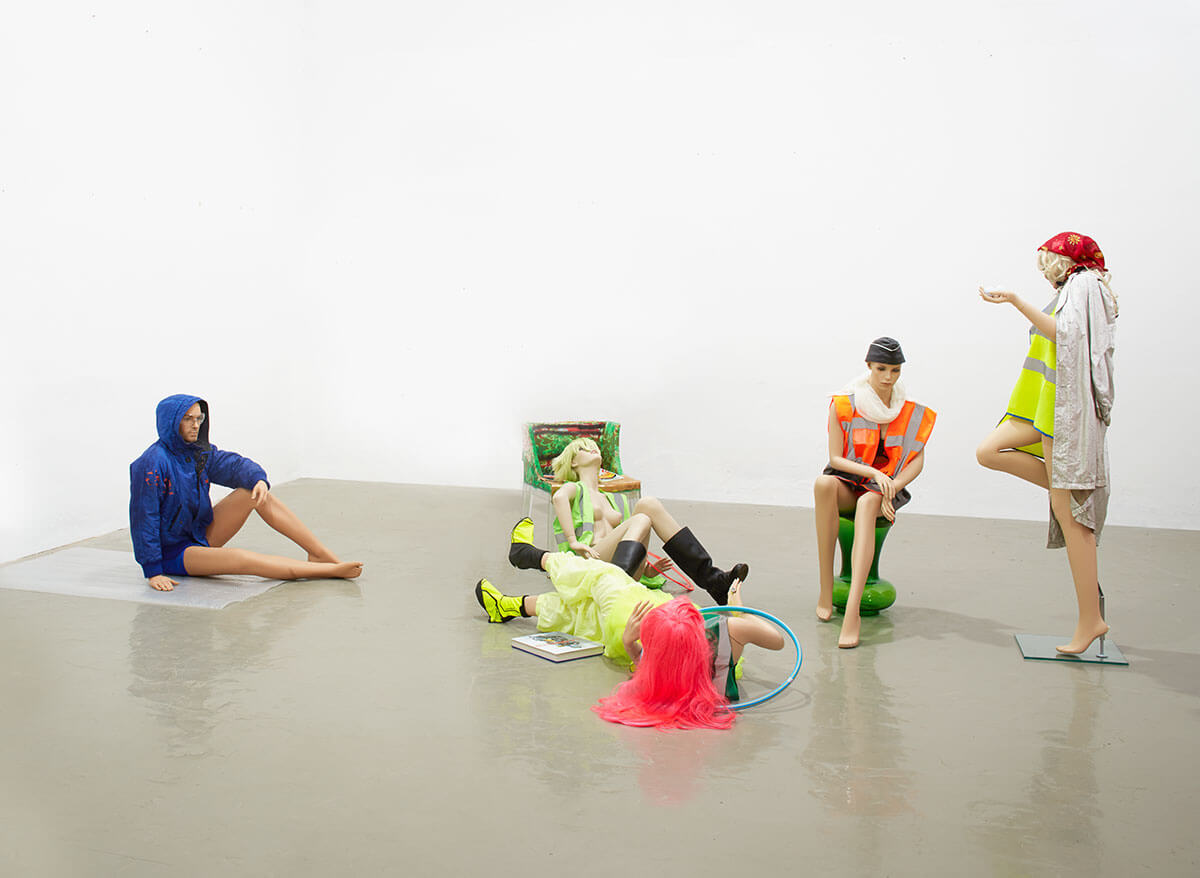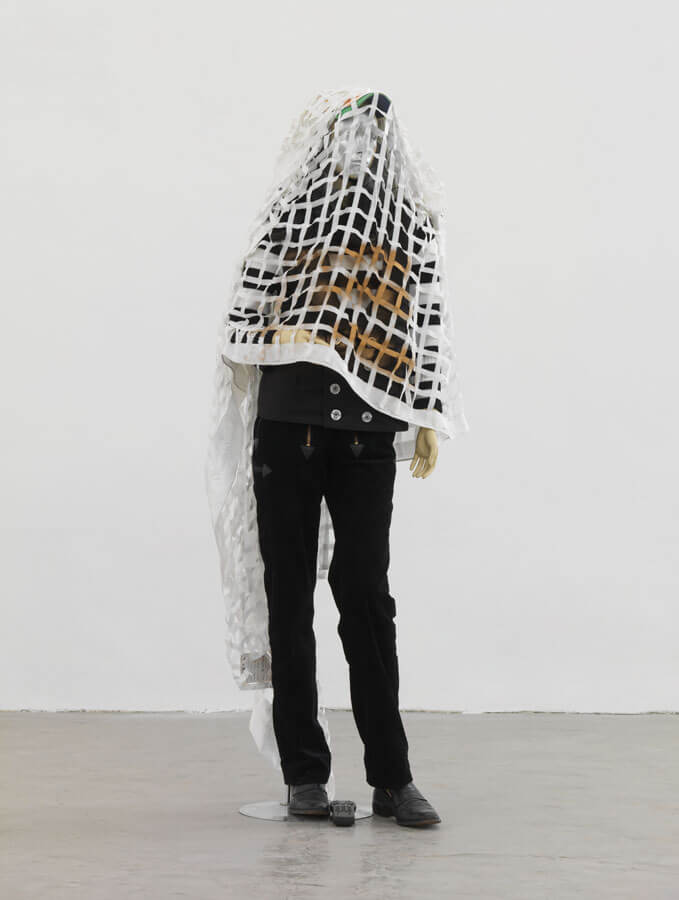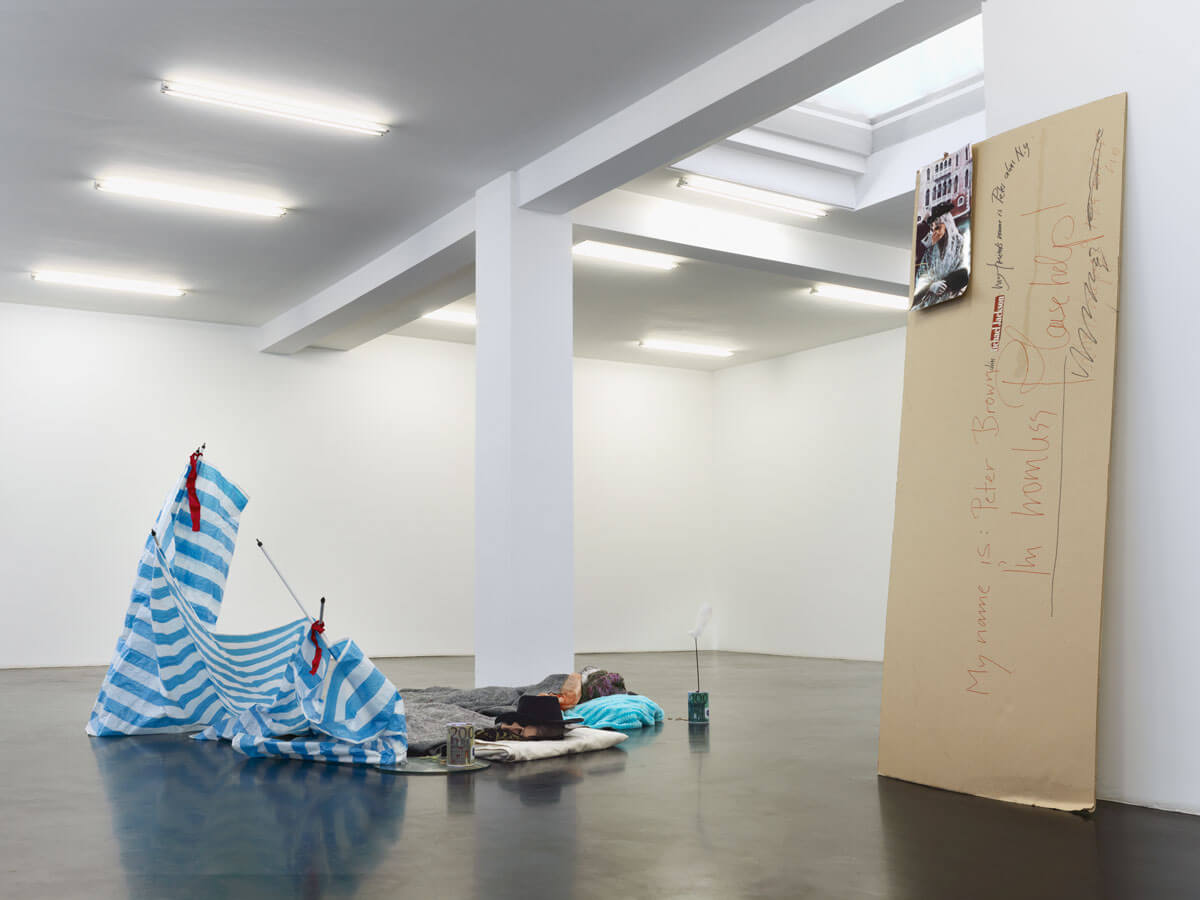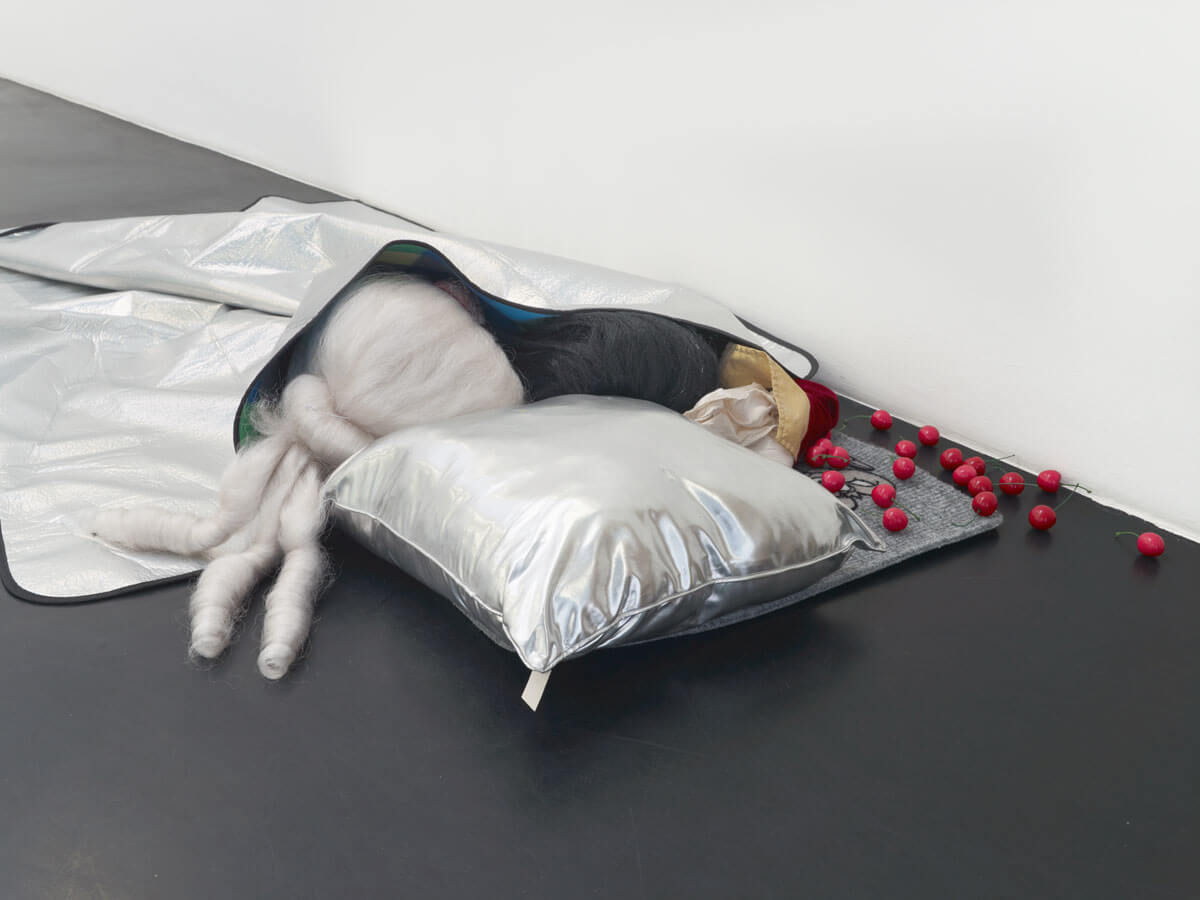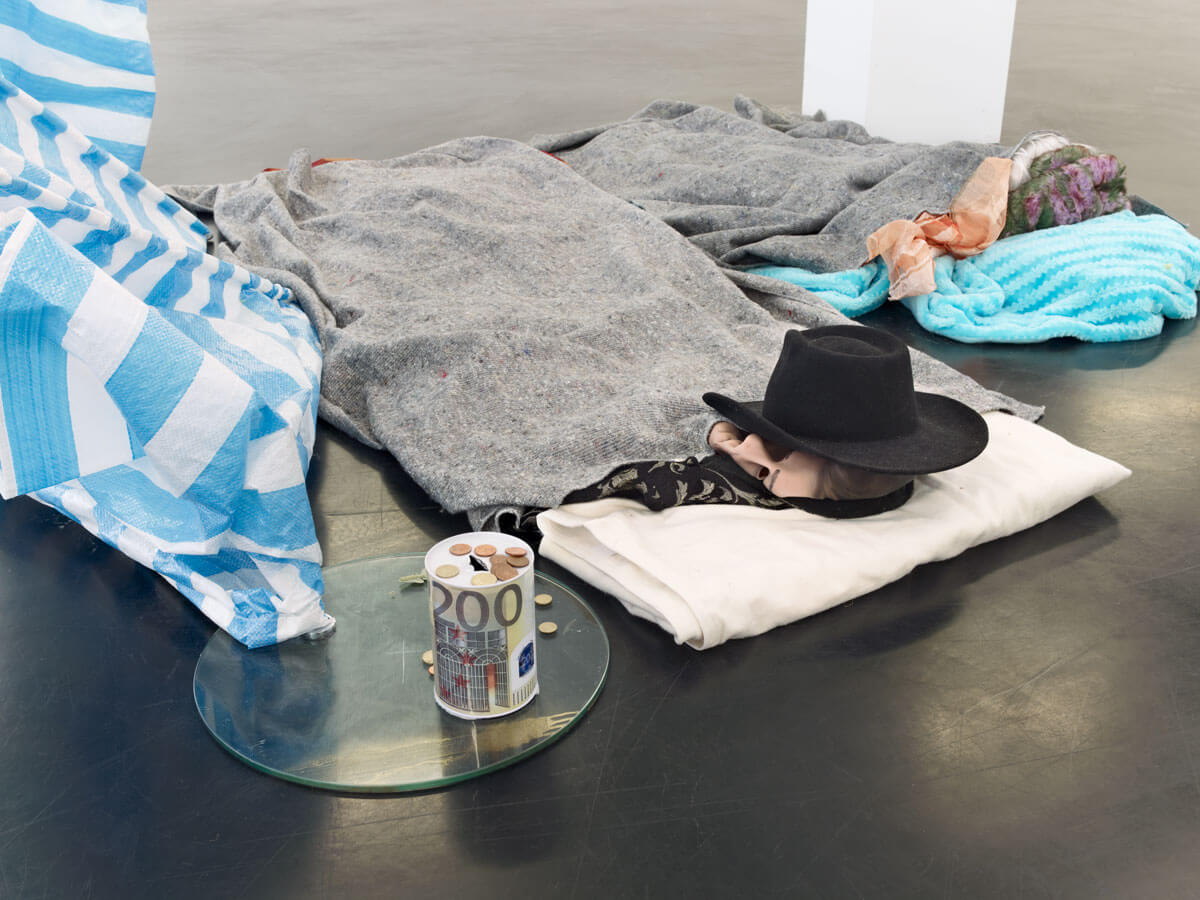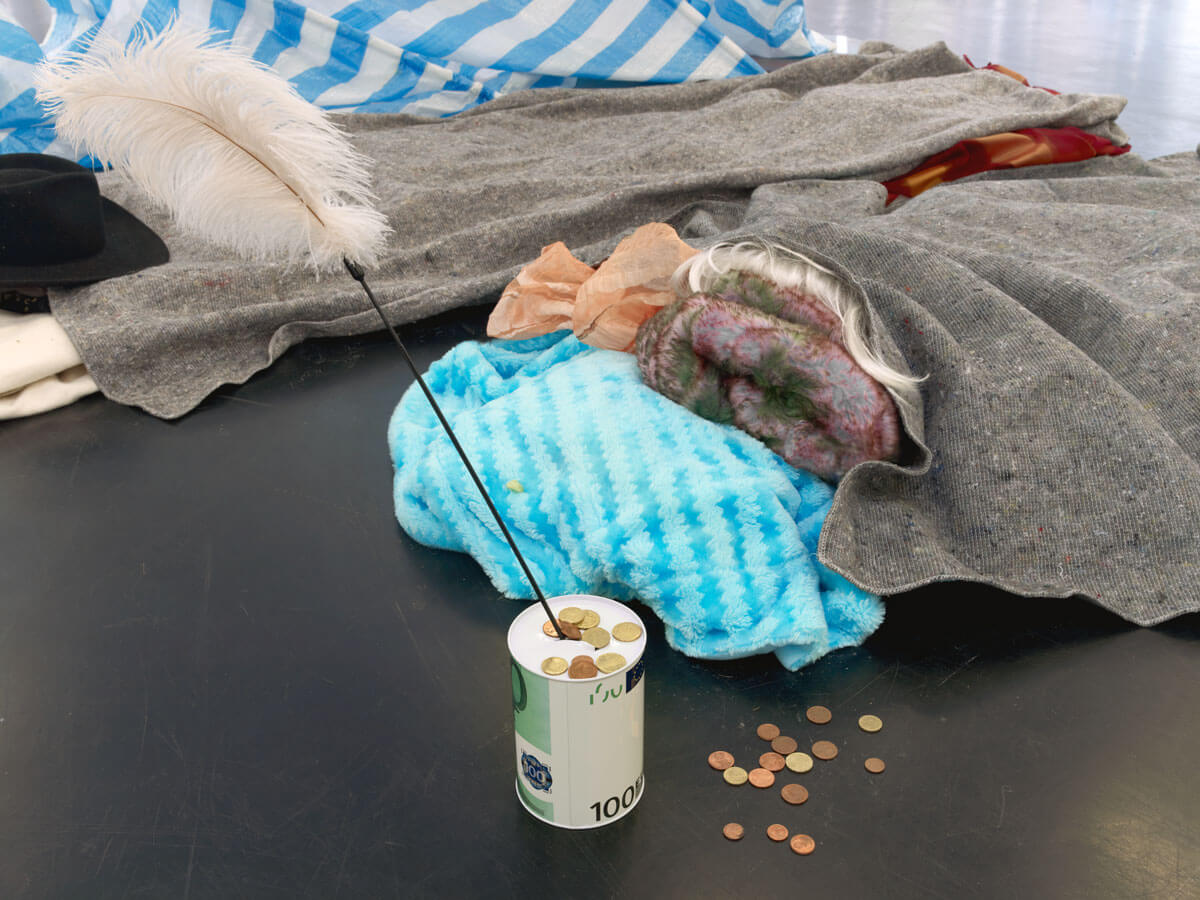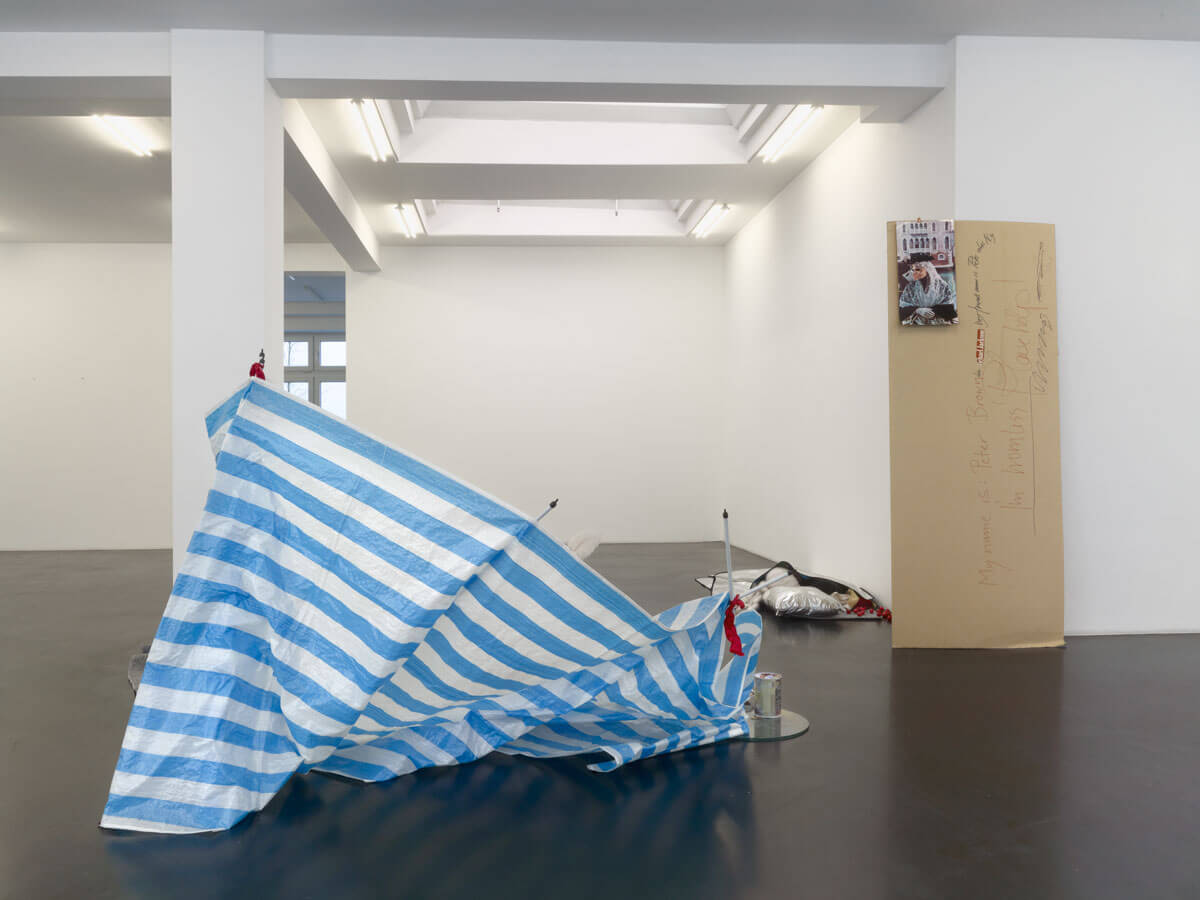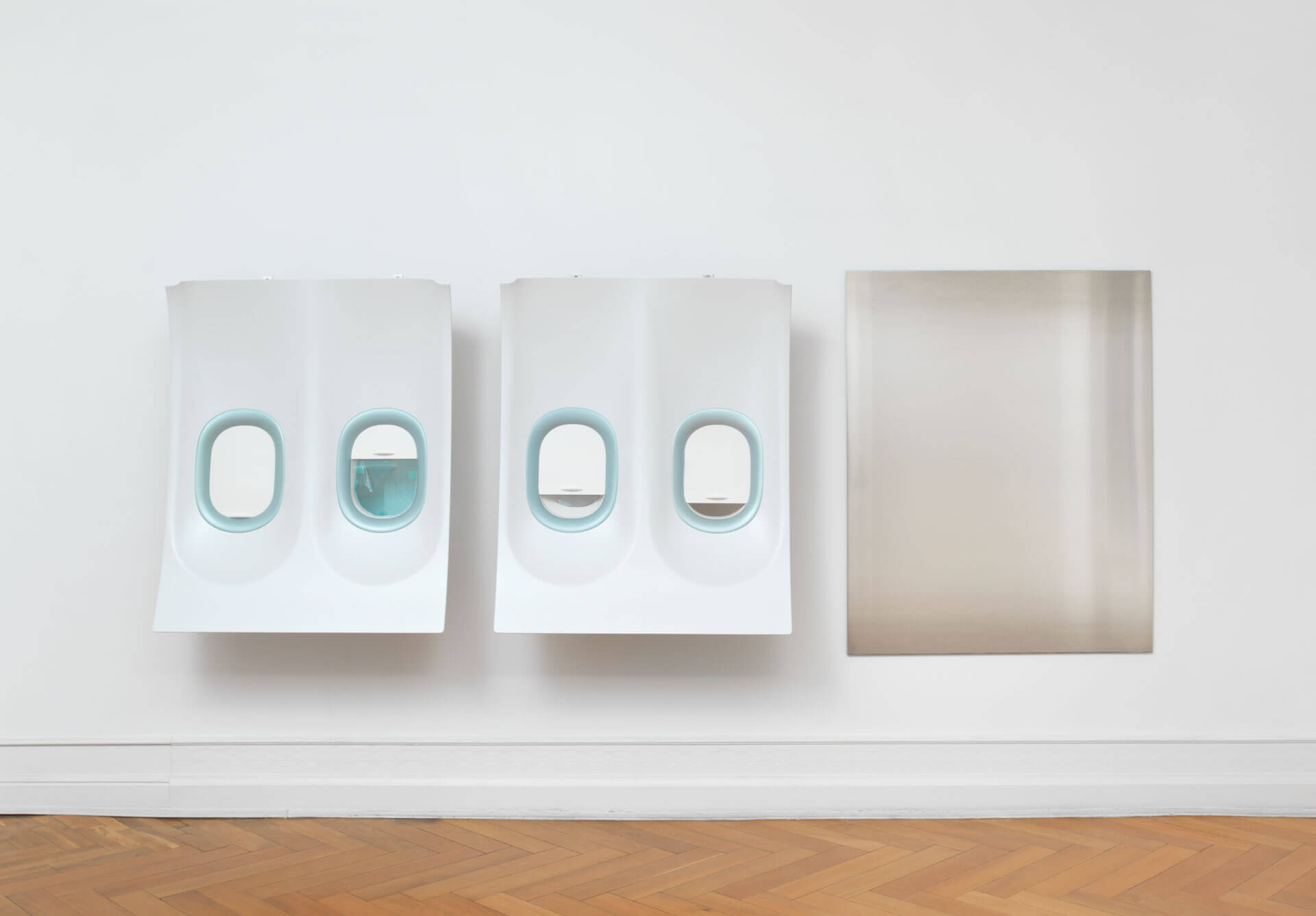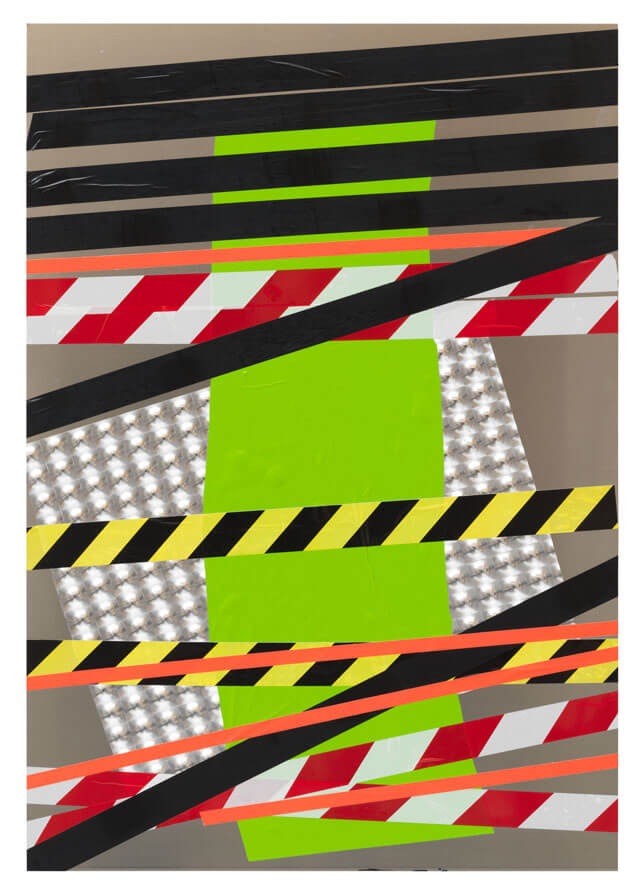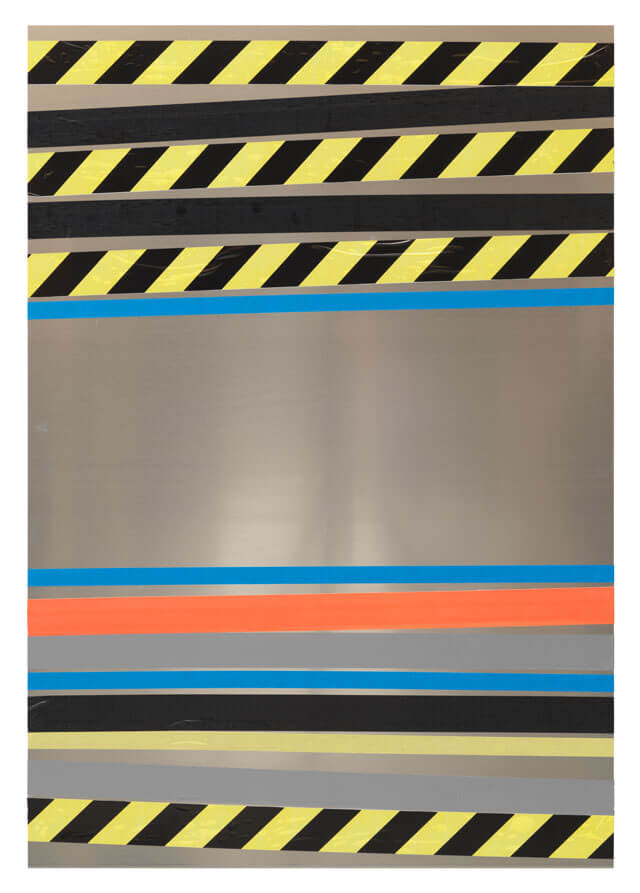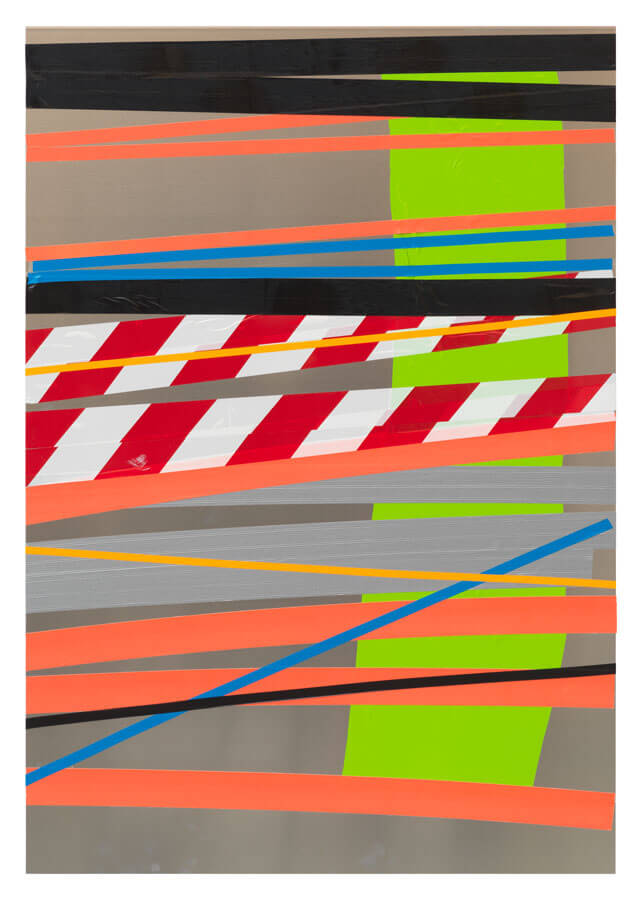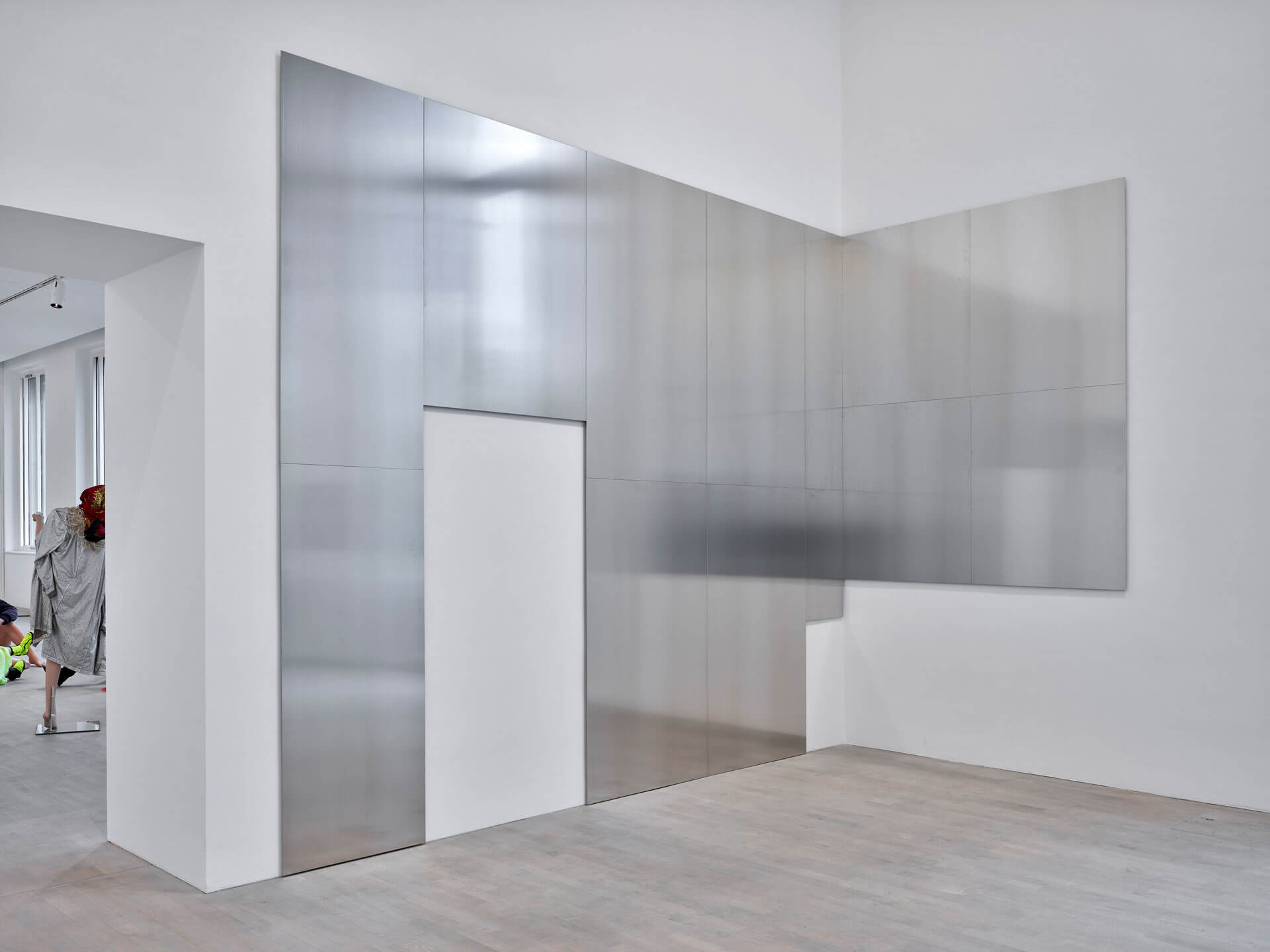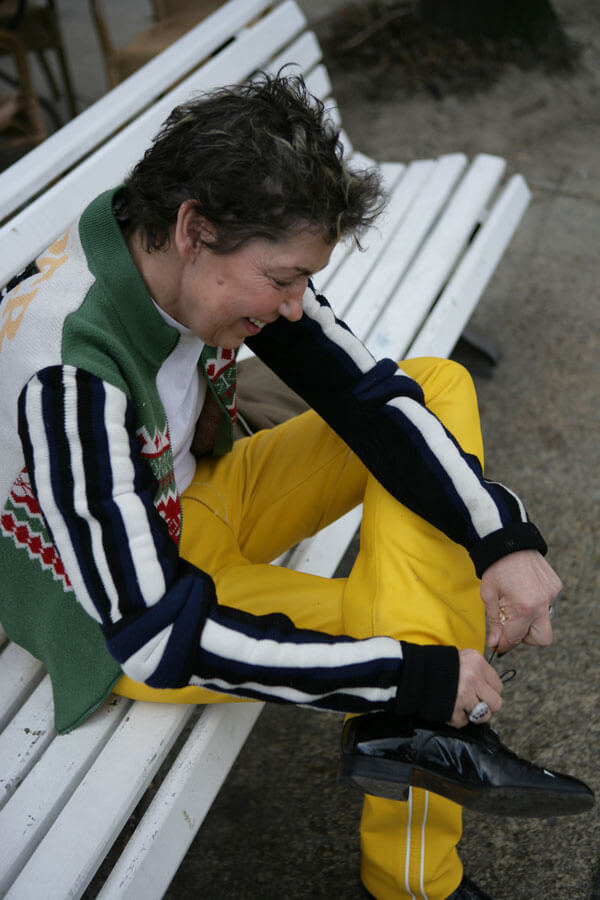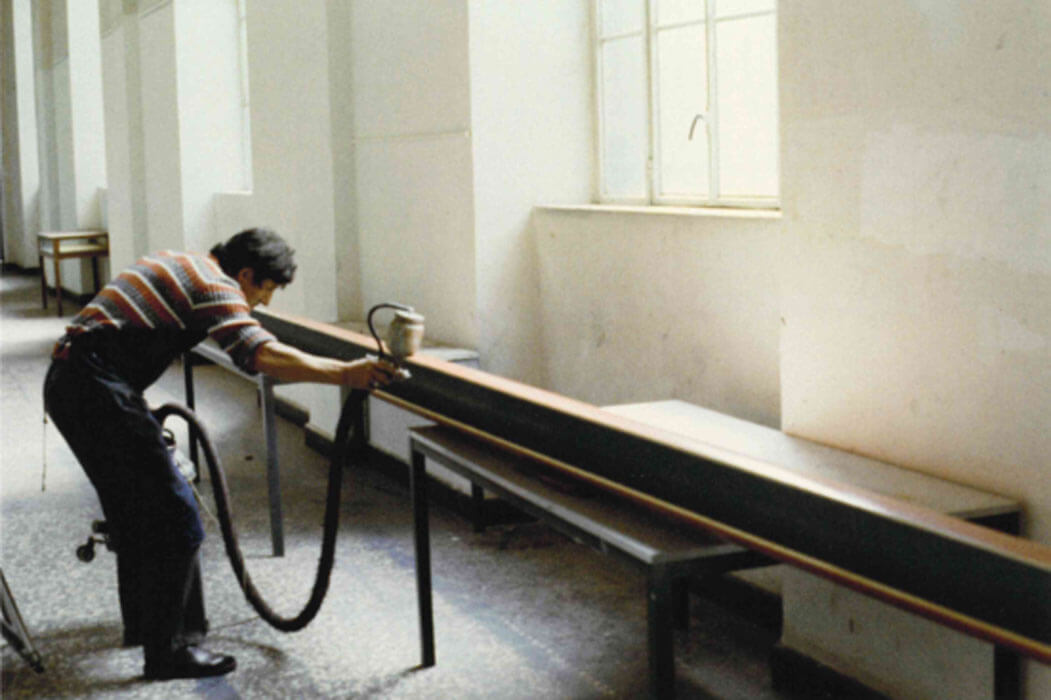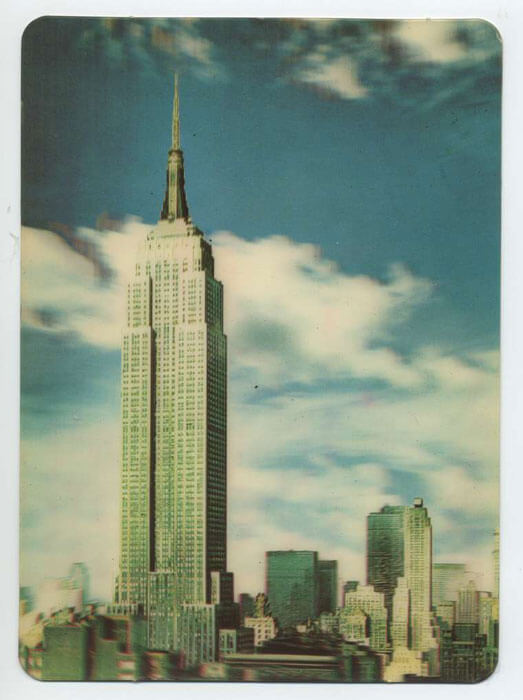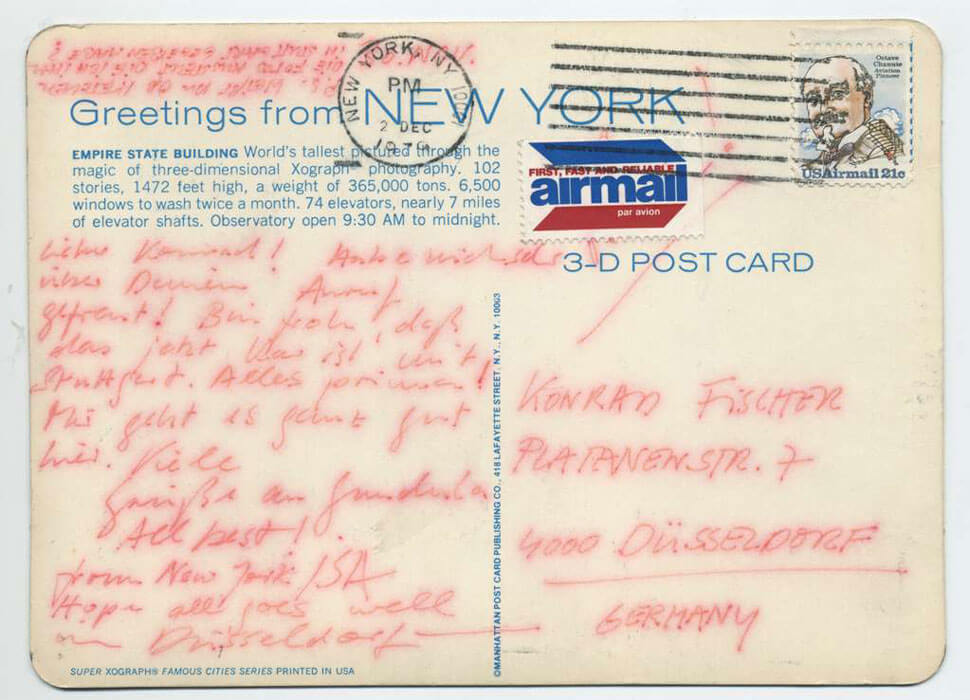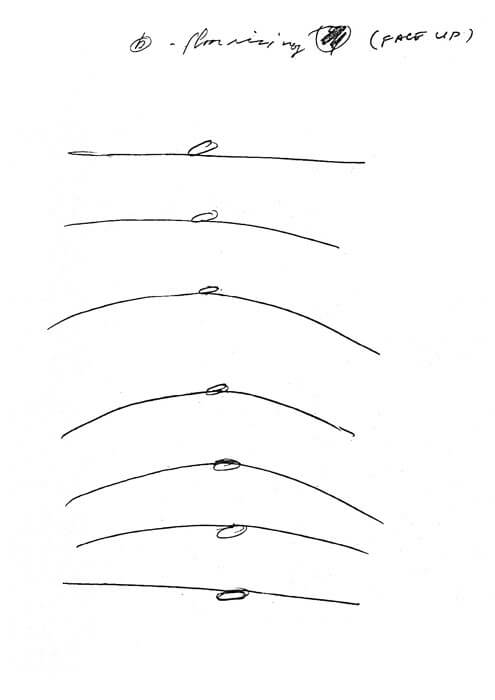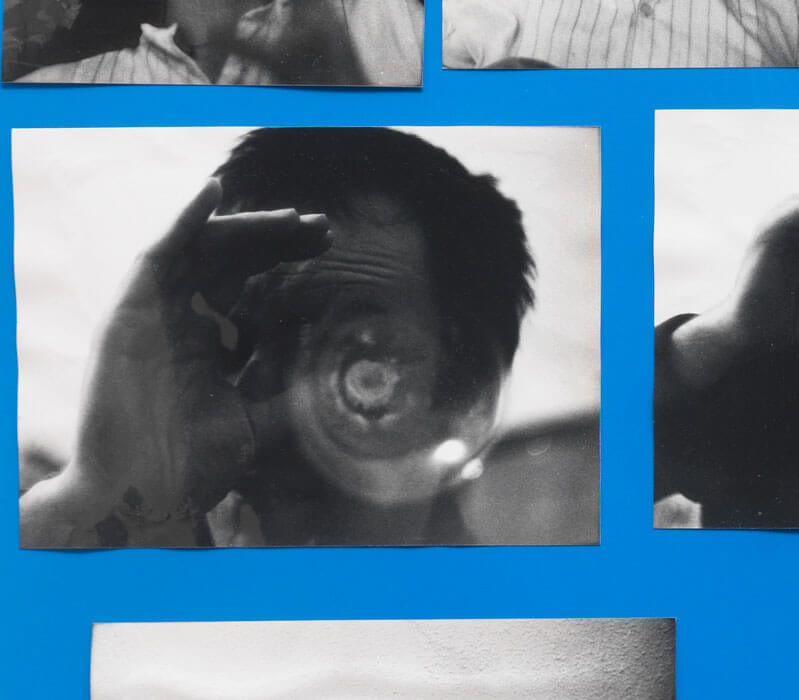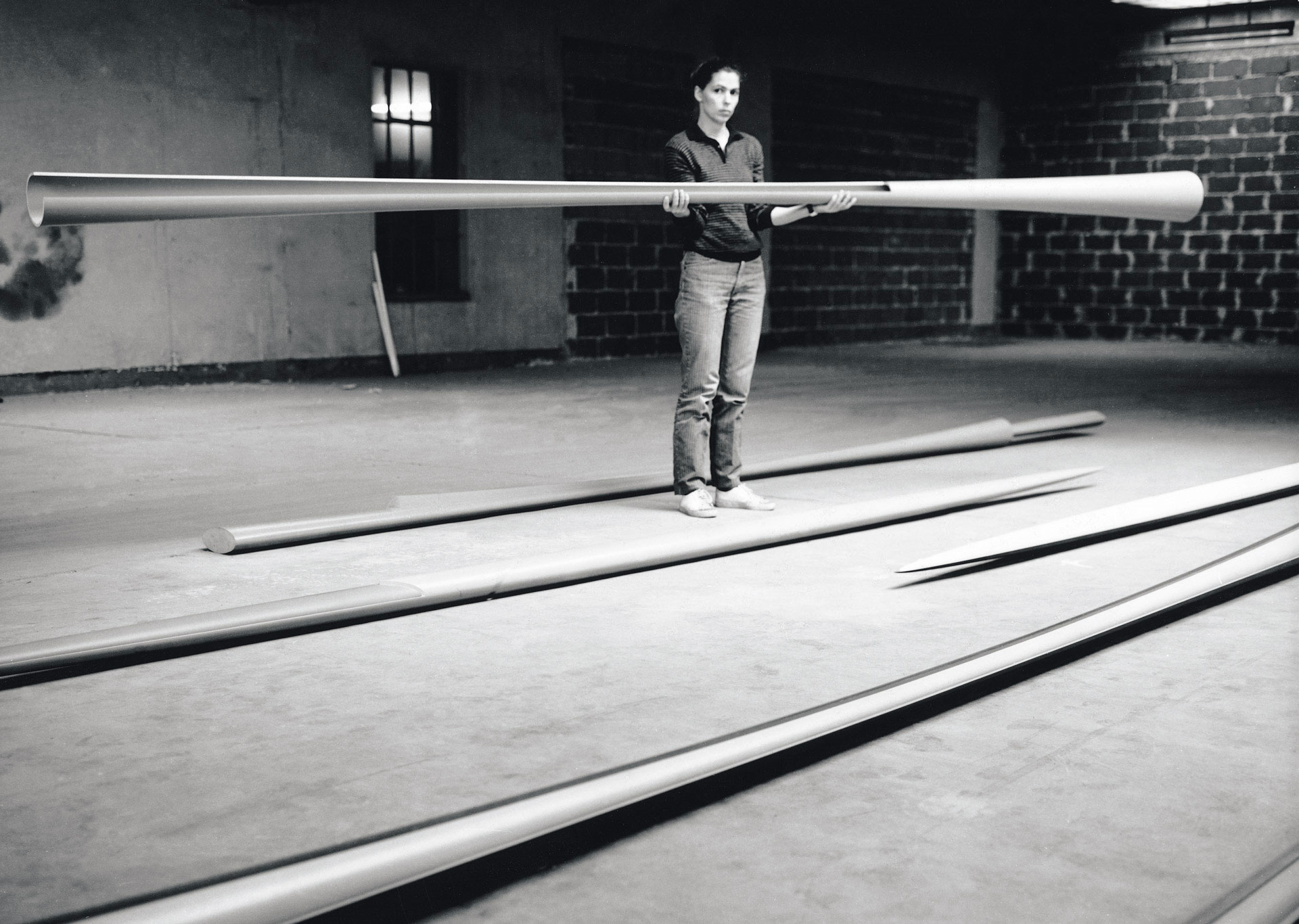
Isa Genzken. Works from 1973 to 1983
The exhibition “Isa Genzken. Works from 1973 to 1983” is devoted to the early phase of Isa Genzken’s work. During this time, she lived in Düsseldorf, where she created some of her most important sculptures and works on paper. The exhibition begins with works she made while studying at the Düsseldorf Art Academy (1973–1977) and ends in 1983, when Genzken’s interests and themes began to change. These works include sculptures, computer prints, series of multiple drawings, photographs, and films.
Isa Genzken in her studio, Düsseldorf 1982
Introduction
Susanne Gaensheimer talks about the artist and the two exhibitions
Isa Genzken and Düsseldorf
Genzken moved to Düsseldorf to study in 1973. After completing her studies, she continued to live in the city for two more years (until 1979). With the art academy and the art institutions as hubs, the city and surrounding area provided an inspiring environment for the up-and-coming young artist, who had her first successful exhibitions during this time.
Early Sculptures
A major part of the exhibition is devoted to Genzken’s Ellipsoids and Hyperbolos, which are oblong wooden sculptures based on sophisticated computer calculations. Although their aerodynamic form may seem to indicate industrial manufacturing, these unique works were made by hand and reflect Genzken’s exploration of the historical avant-garde and American minimalism.
Ellipsoids
In 1976, Genzken began working on freestanding, wood objects whose intrinsic corporeality juxtaposes with the exhibition space. These works, called Ellipsoids, are purely geometric objects based on an ellipse (an elongated circle) and seem to hover above the ground, touching it at only one point.

Isa Genzken in her studio, Düsseldorf 1982
After a long period in the 1960s and ’70s, when minimalist structures and approaches dominated the art world, younger artists began looking for more personal forms of expression. It was in this post-minimalist climate that the ellipsoids emerged.
Their precisely planned overall form, economic use of materials, and their impact on the surrounding space were a continuation of several ideas about art from the previous decades. Genzken replaced the grid structures often used in Minimal Art with an ellipsoid – a singular colorful object that is rich in associations, defines the space around it, and directs the audience’s movements.
“It was exactly this ‘content’ that I wanted to bring back into the ellipsoids so that people would say ‘It looks like a spear,’ or toothpick, or a boat. This associative aspect was there from the very beginning and was also intentional, but from the viewpoint of Minimal art it was absolutely out of the question and simply not modern.”

Rot-schwarz-gelbes Ellipsoid “S.L. Popova,” 1981
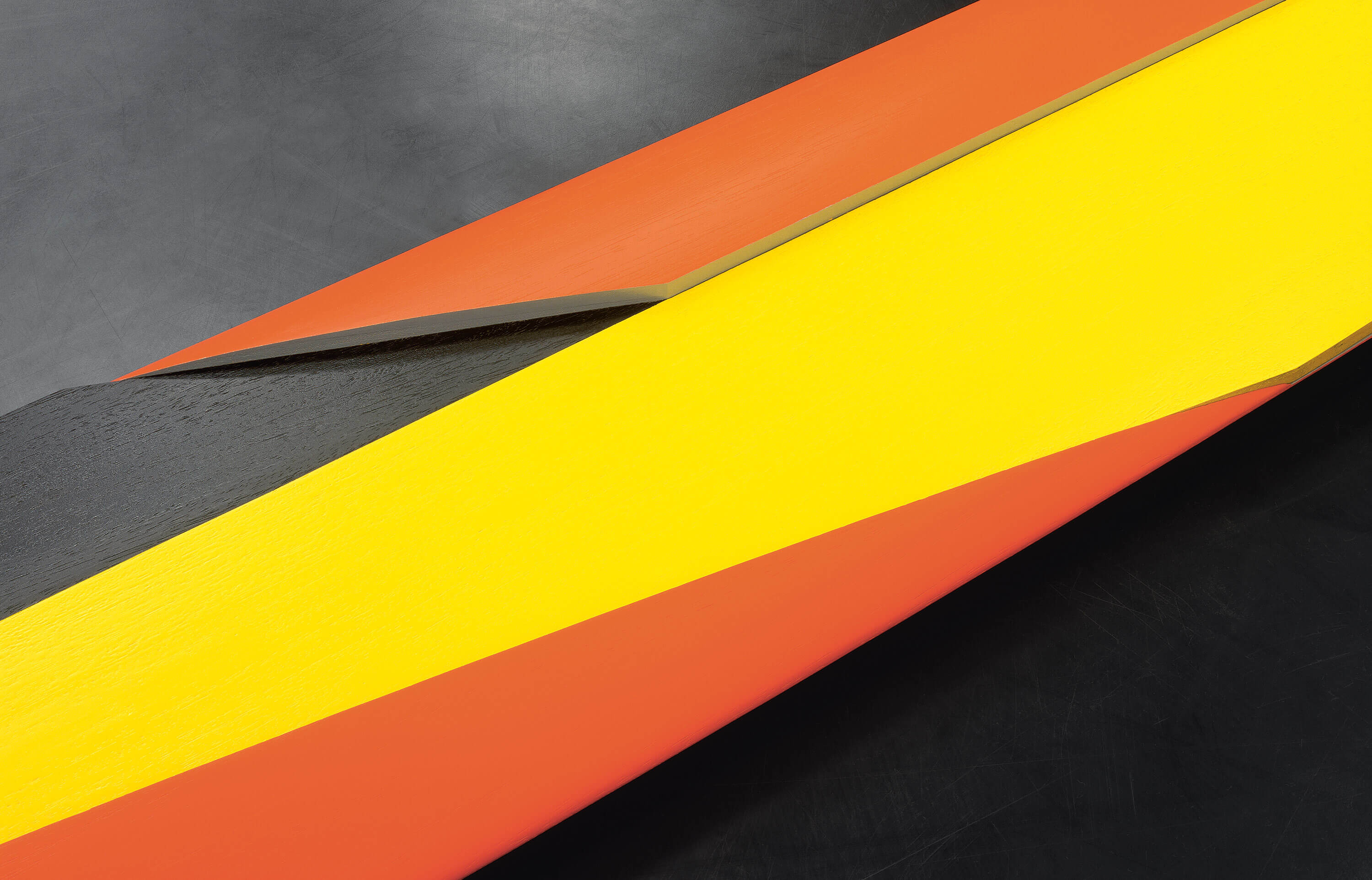
Rot-schwarz-gelbes Ellipsoid “S.L. Popova,” , 1981 (Detail)
This work is one of the most complicated objects in the Ellipsoid series in terms of form. It is the first ellipsoid in which Genzken cut ridges in the upper half to create elongated, flat, diagonal and curvy segments.
One flat, slightly concave element extends over the edge of the ellipsoid. This creates an artful play with contours and rounded surfaces in which elliptical and hyperbolic elements are juxtaposed. The differently colored surfaces refer to a theme that also occupied Suprematist painters between 1910 and 1920: namely, color on flat and rounded surfaces.
Genzken pays homage to the Russian Constructivist Lyubov Sergeyevna Popova (1889–1924) in the title and in her sculptural exploration of Popova’s suprematist interpretation of abstraction.
Hyperbolos
This group of sculptures called Hyperbolos consists of three-dimensional versions of hyperbolas (curves consisting of two symmetrical branches). She began to create these forms in 1979 as a kind of complementary shape to the ellipsoids. While the ellipsoids are based on the closed curve of an ellipse, the hyperbolos are tube-like sculptures that are wider at their ends. If we look at them from the side, we can recognize their shapes as hyperbolas and identify the two points where the sculpture touches the ground.
This object from 1979 was the first work in the Hyperbolos series. Seen from the side, its contours form the typical curves of a hyperbola.
In this sculpture, the cross section of one half is circular, while for the other it is oval. A quarter segment has been removed along more than half of the gray outer shell of the tube, exposing the bright green color inside and overbalancing the impression of a symmetrical construction with a complex perception of forms and colors.
The play between the closed outer shell and the view of an opened space is a variation on the principles of traditional sculpture and invokes associations in terms of content. This work was also the first time the artist added a name to the title, thus evoking associations. “Jülich” is a small city between Cologne and Aachen where a much-debated nuclear research center was built.
In 1982, Genzken decided to no longer place the hyperbolos on the floor. Instead, she stood them upright, letting us perceive them more as traditional sculptures or figures. For her work Meister Gerhard, she even added a kind of head. The title refers to the first master builder of the Cologne Cathedral who drew the floor plan of the Gothic choir.
Nineteenth-century renditions of Master Gerhard (c. 1210/1215–1271) always show him wearing a particular hat, which may have inspired the segmented “head” of Genzken’s sculpture.
Around this time, Genzken also grew increasingly less interested in developing her sculptures exclusively according to geometric principles and processes. The narrow, vertical incisions are therefore not based on geometric principles, but were added for compositional or associative reasons.
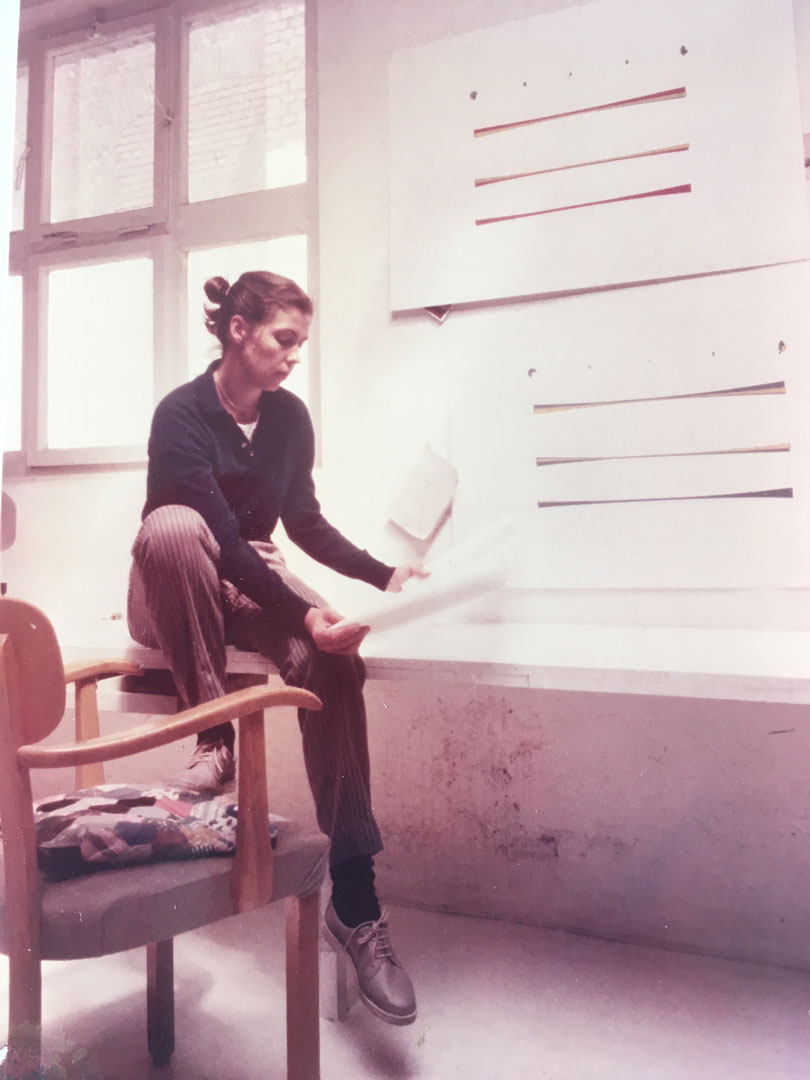
Isa Genzken in her studio
Drawings
In addition to sculptures, the exhibition also focuses on the large computer drawings that Genzken began creating parallel to the Ellipsoids and Hyperbolos in 1975. These drawings demonstrate how the artist innovatively plays with algorithmic figures and the technological possibilities of the time. Her early works also represent how she blends conceptual approaches with personal themes.

JOB E142 RZEGKKST 25/07/77 15.30.23, 1977
Before constructing the ellipsoids and hyperbolos, Genzken would draw sketches that were used to make exact calculations and drawings on a computer.
The computer drawings were then given to a cabinet maker, who produced the sculptures in obeche wood.
The computer drawings on continuous printing paper are fascinating because of their size, precision, and perfect lines. Her decision to remove all traces of the artist’s hand and to separate the conception from the realization of the works followed the principles of Minimal and Conceptual Art.
Technical Innovation
Genzken developed her computer drawings in collaboration with the physicist Ralph Krotz, who was pursuing his doctorate at the University of Cologne at the time. He helped her to calculate the ellipsoids and hyperbolos from 1976 to 1983. When these construction drawings were made, it was still a very novel thing to use a computer while preparing the production of artworks.
The physicist Ralph Krotz talks about working with Isa Genzken on the computer drawings
Works on Paper
Isa Genzken’s early mathematical and geometric works on paper have a serial quality and feature structural schemes with varying forms.
They play with the possibilities of geometric abstraction and Concrete Art, while also referring to various types of art based on grid structures and permutations. The latter emerged in the late 1950s in opposition to the subjective languages of forms in Art Informel and Abstract Expressionism and was a development Genzken was familiar with from discussions at the art academies in Hamburg and Düsseldorf.

Parallelogramme, 1975
This work is based on the principle of the grid and variations, both of which featured in Genzken’s work from 1973 on.
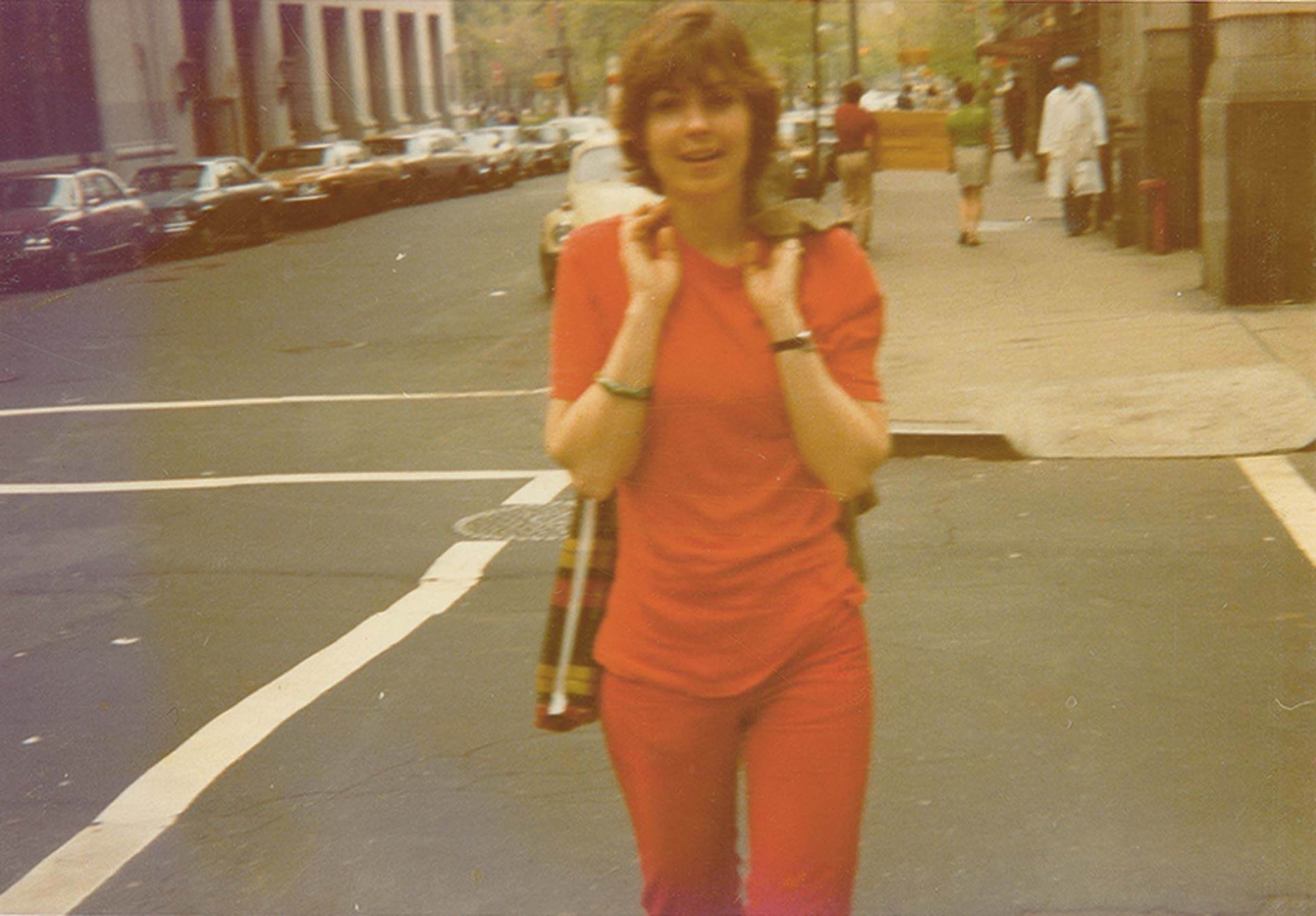
Tuning into the World
Isa Genzken emphatically stresses the reference of her works to reality. This becomes especially apparent in the subjects of her photographs and in her sound recordings. Images of ears and a radio with a broad range of frequencies also imply active contact and tuning into the outside world.
Photographs of Genzken’s travels in the US (detail), 1977
USA
Photographs of Genzken’s travels in the US (detail), 1977
Genzken took this series of 113 photographs of buildings, landscapes, transportation infrastructure, empty lots and advertisements on a trip to the US.
World Receiver
In an exhibition in 1982, Genzken presented a radio on a white plinth as a readymade. As the title indicates, the radio is a so-called world receiver – in other words, a radio with a range of frequencies that enables listeners to tune in to stations from all over the world. Portable world receivers have been around since 1939.

Installation view in the Museum Haus Lange, Krefeld 1979
In her first comprehensive exhibition (in an art institution) at the Museum Haus Lange in Krefeld in 1979, Genzken showed sculptures and drawings, along with a photographic series of advertisements for the latest models of high quality hi-fi equipment.
“When I was photographing the hi-fi adverts I thought to myself, everyone has one of these towers at home. It’s the latest thing, the most modern equipment available. So a sculpture must be at least as modern and must stand up to it. Then I hung the pictures on the wall and put an Ellipsoid on the floor and thought, the Ellipsoid must be at least as good as this advert. At least as good. That’s how good a modern sculpture has to be.”
Narrative Architecture
The artist Josef Strau worked as Genzken’s assistant in the 1980s. In 2002, his new Galerie Meerrettich in the Rosa-Luxemburg-Platz in Berlin opened with one of her installations. He also wrote about his time working with Genzken and her ideas about architecture.
The artist Josef Strau talks about Isa Genzken
A new Phase
Around 1984, Genzken went from making elegant and geometric wooden sculptures to creating sculptural works made of plaster, concrete, and epoxy resins. By focusing on these new materials and motifs, she distanced herself from the perfectly precise constructions and geometric bodies of the ellipsoids and hyperbolos, with their immaculate surfaces. Instead, she took a new approach to techniques, materials, and reality. Her sculptures in the late 1980s and the 1990s resemble architectural models, and several were realized as public art projects. In the following years, Genzken began to utilize construction materials from hardware and department stores, while also increasingly integrating simple decorative fittings. Since 2004, she has been building cinematic sets with reflective foil and decorative items bought in discount stores. In her more recent works, she employs mannequins as sculptures, sometimes dressing them in her own clothes and adorning them with cheap decorative accessories. These materials create direct references to the reality of life today while posing questions about the condition of our society.
